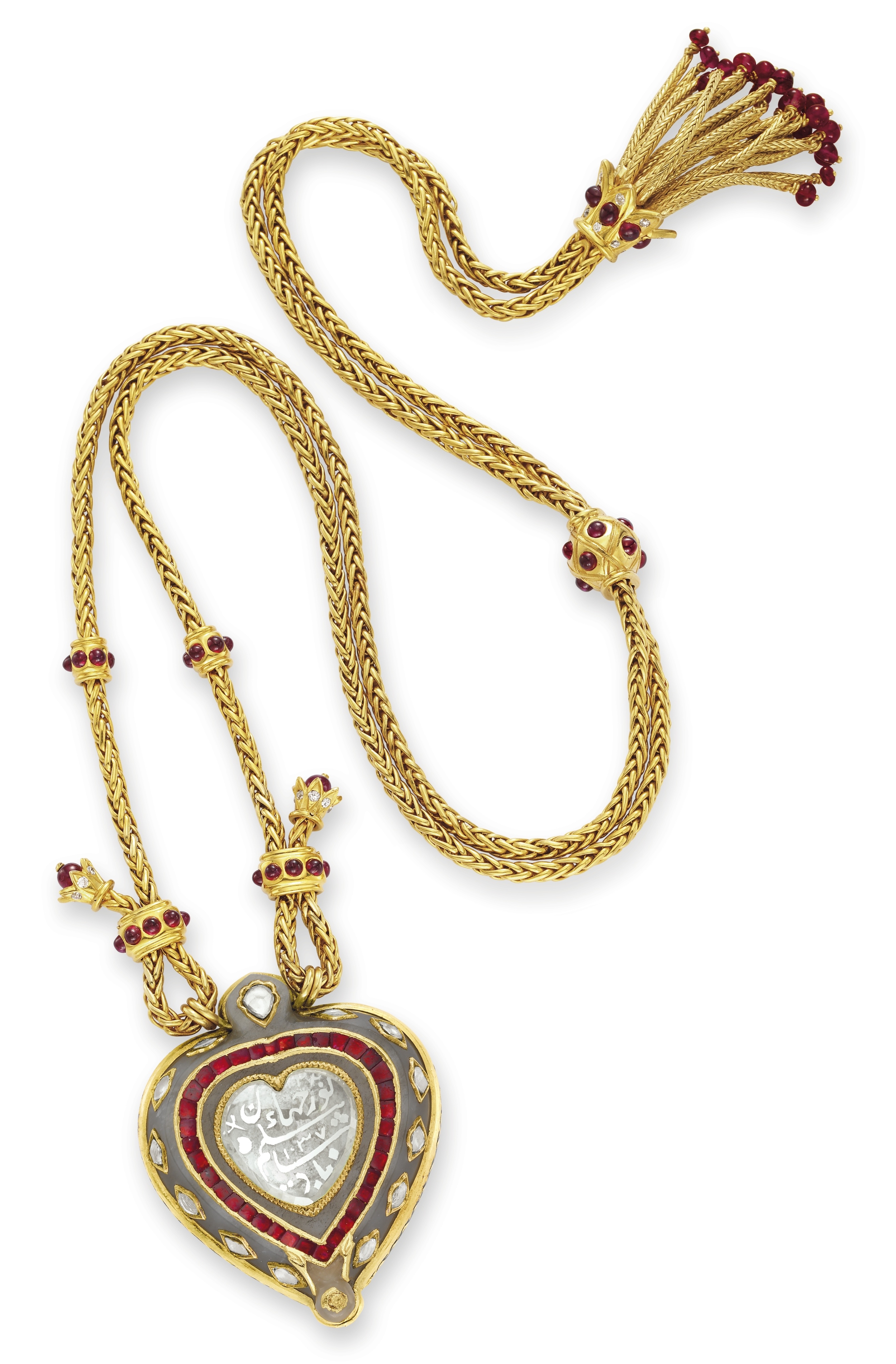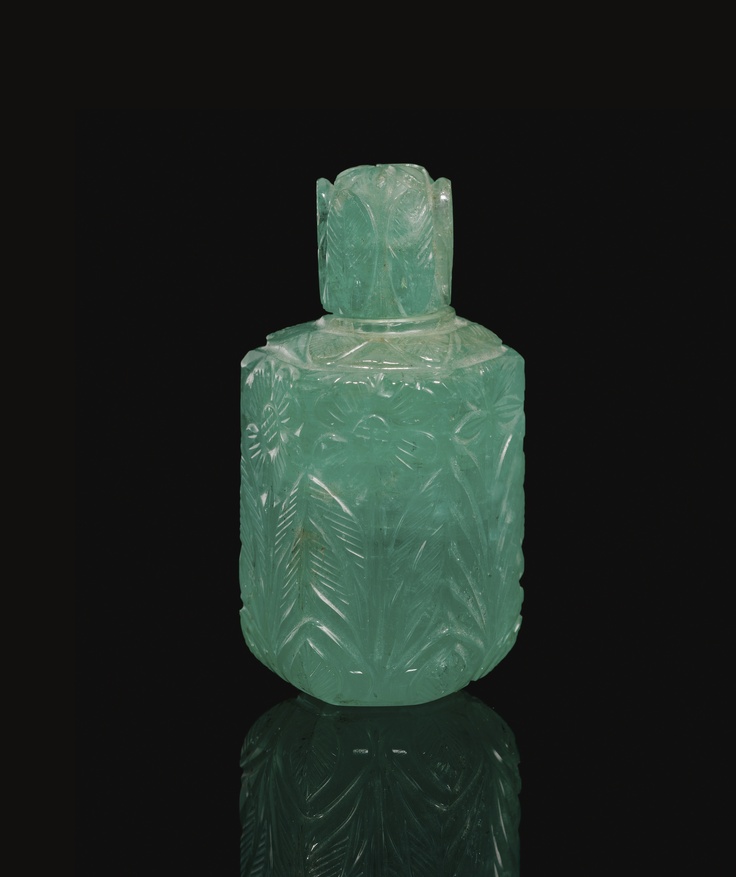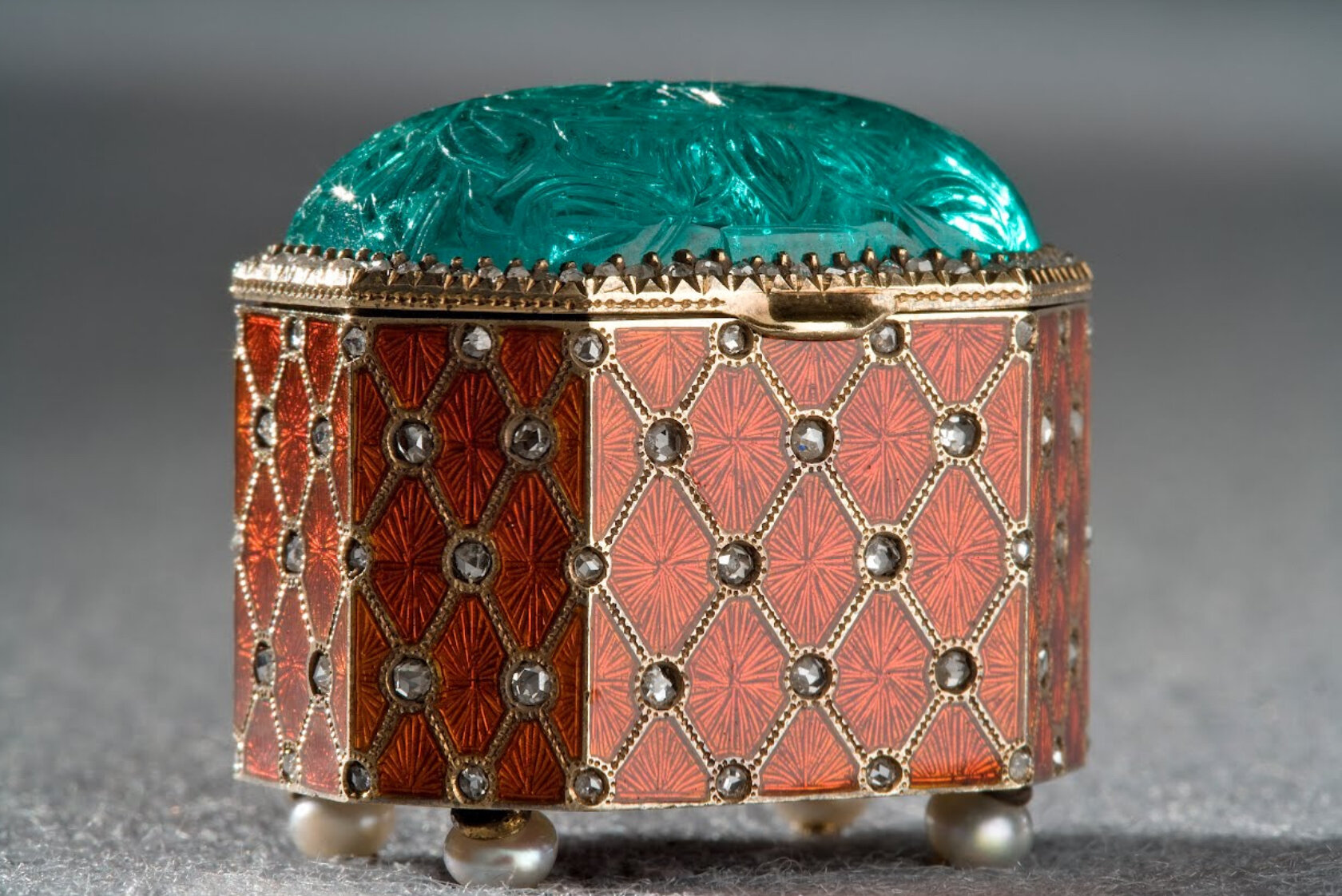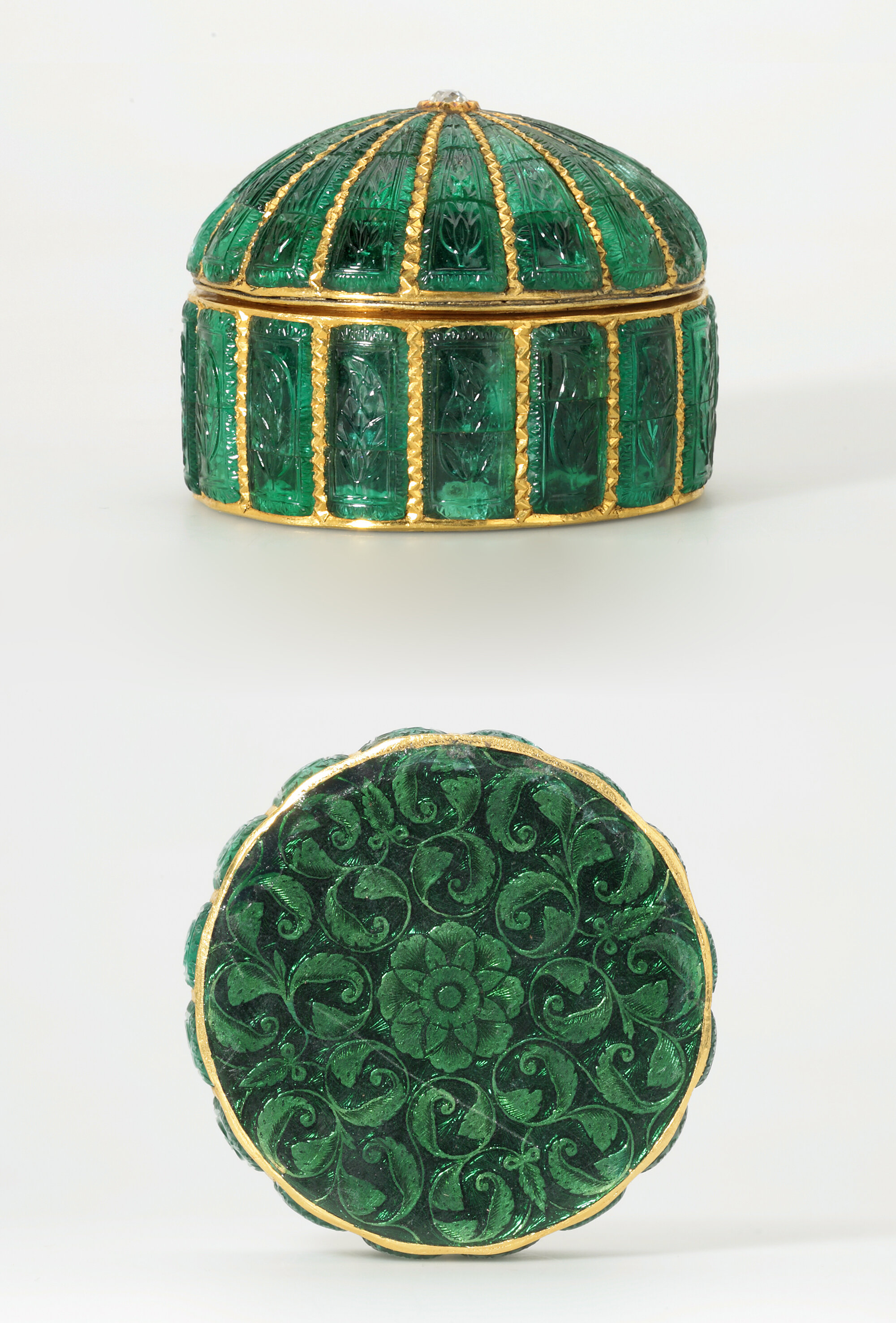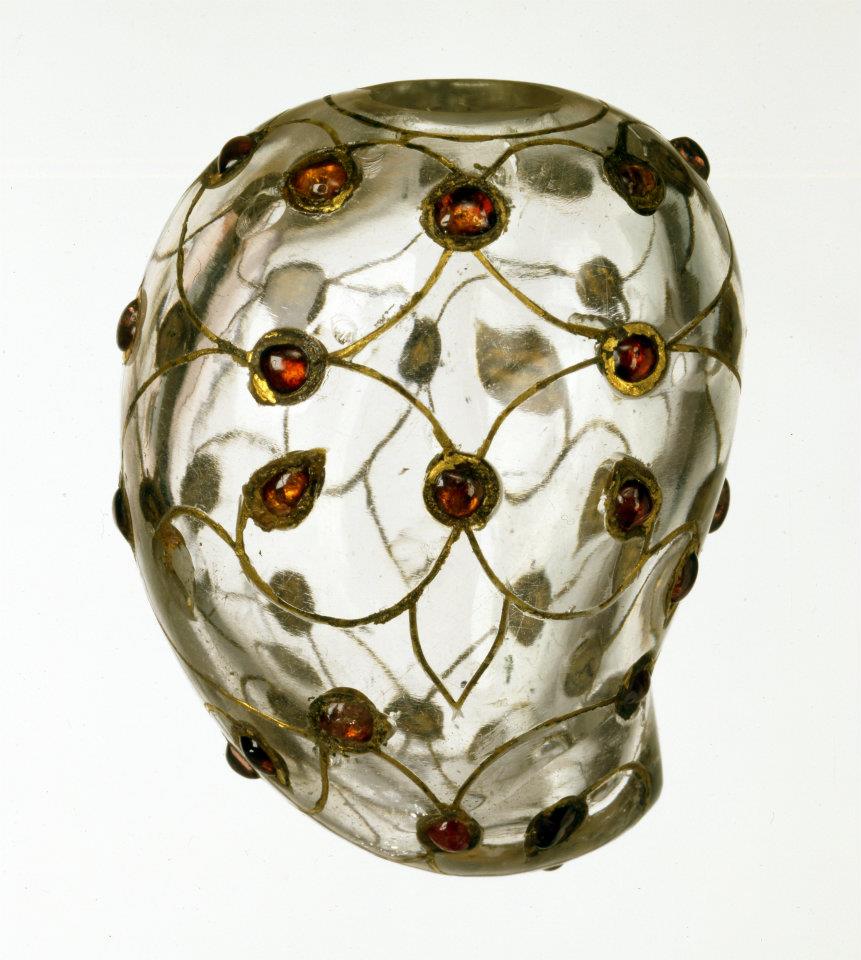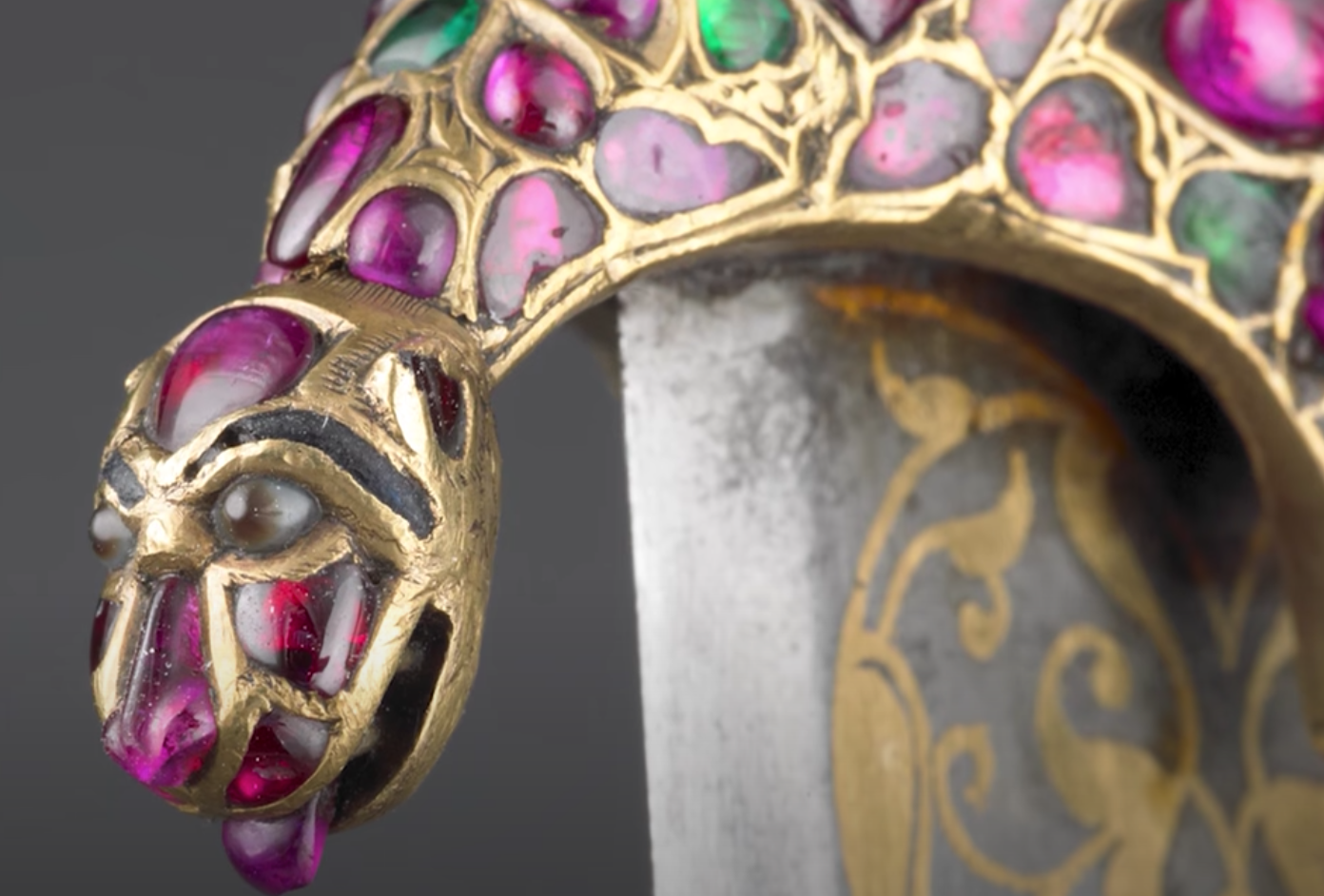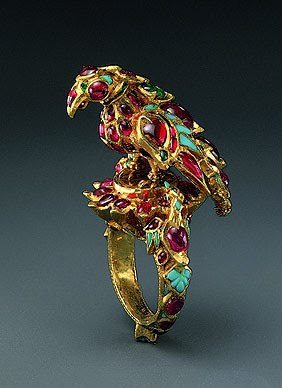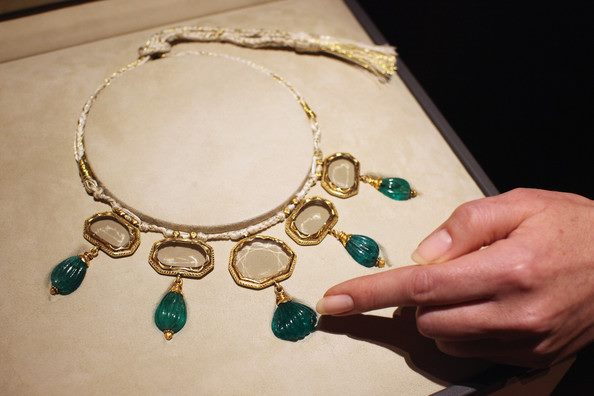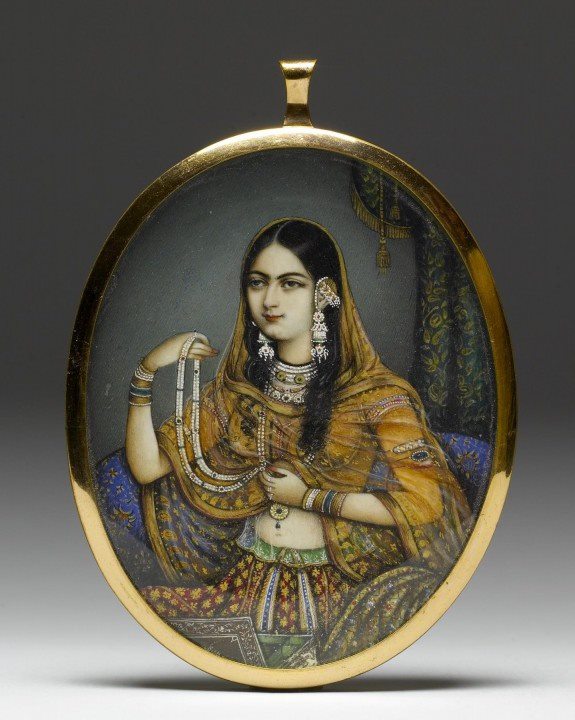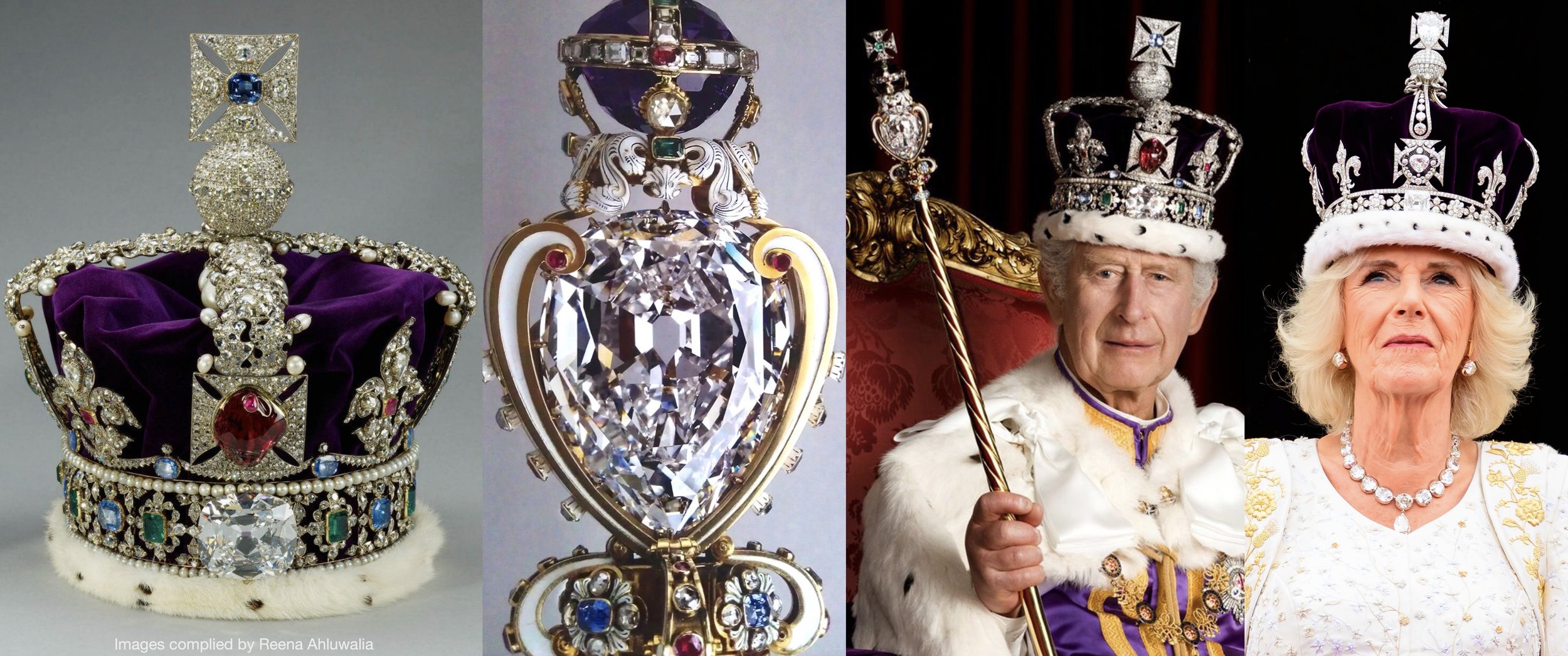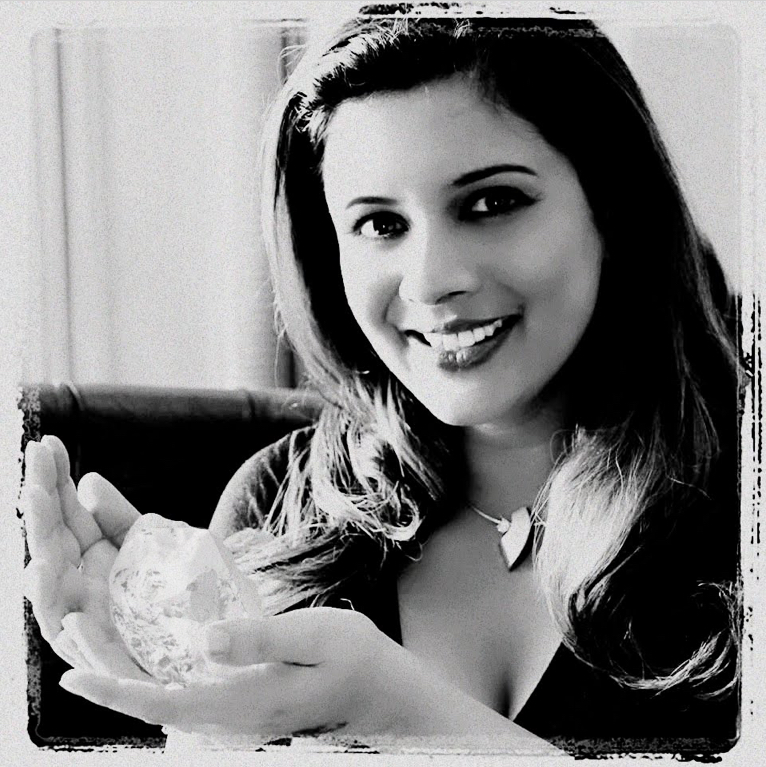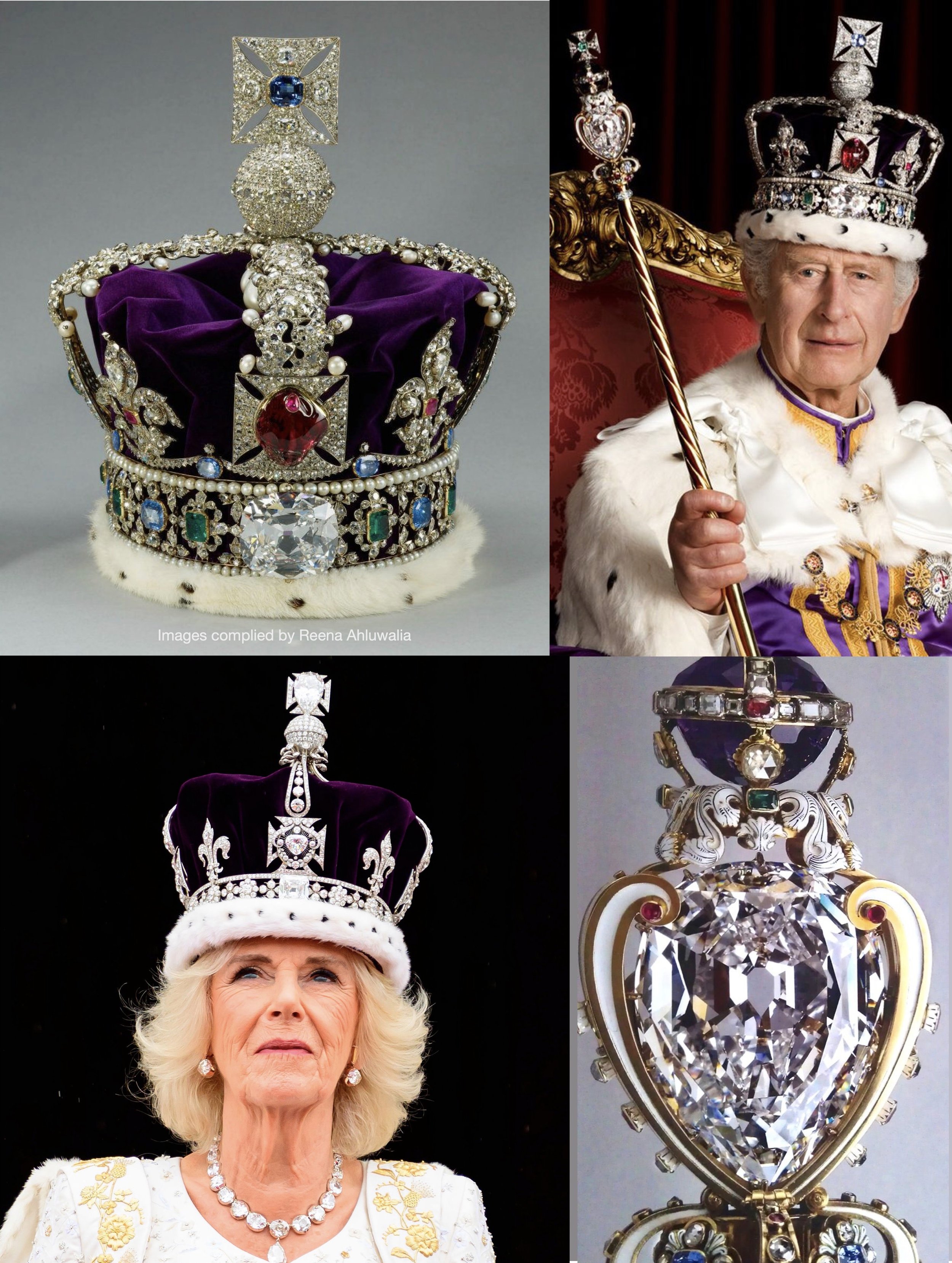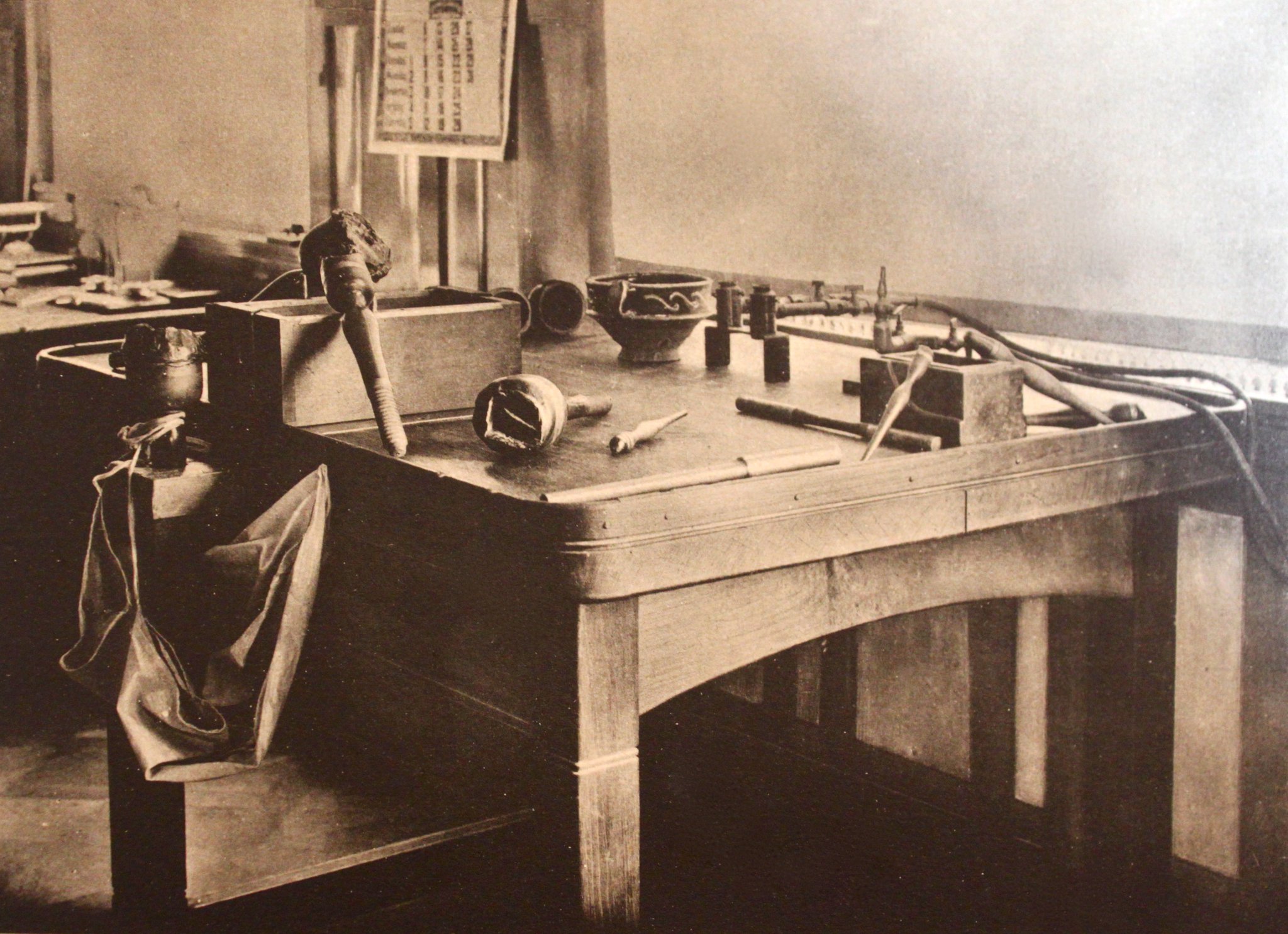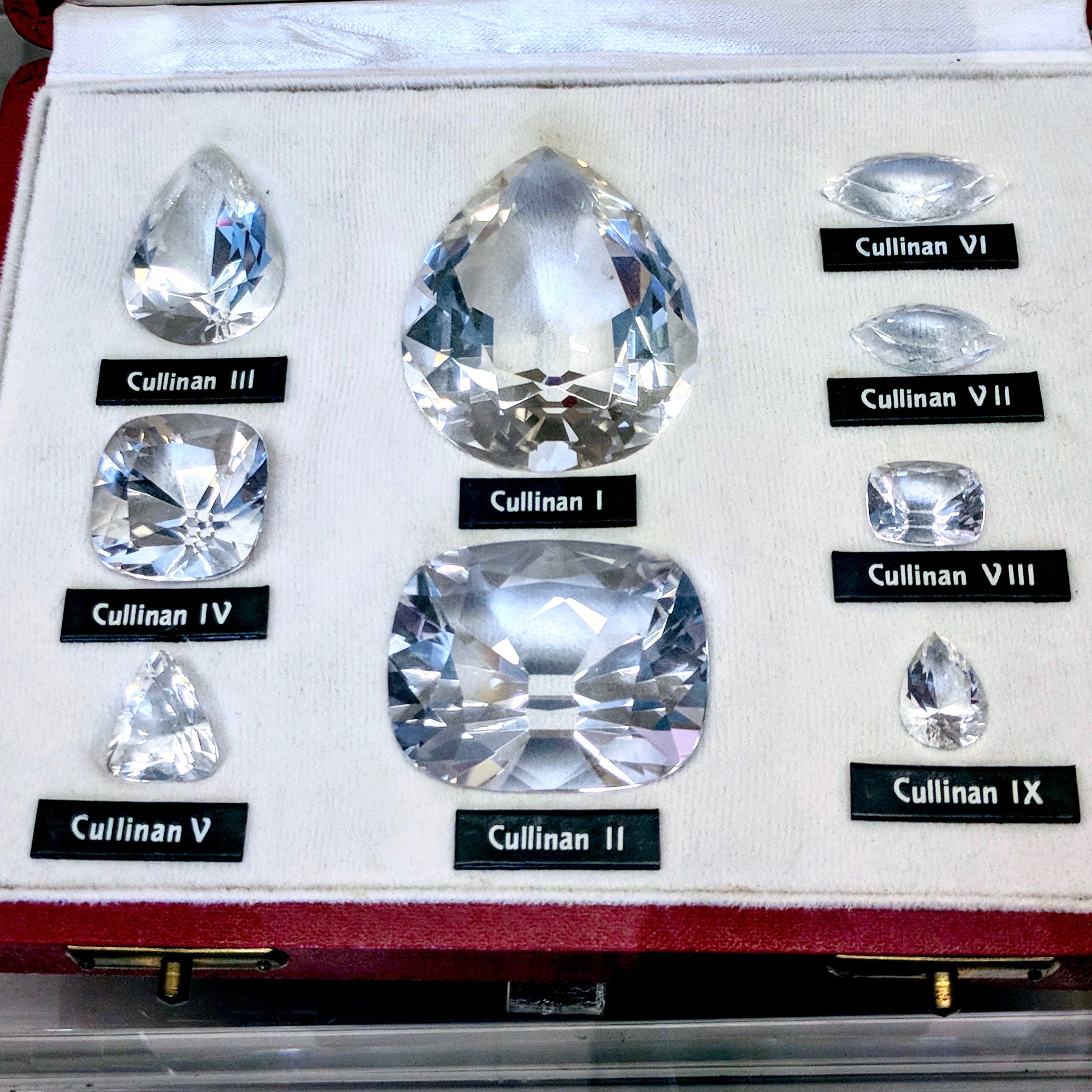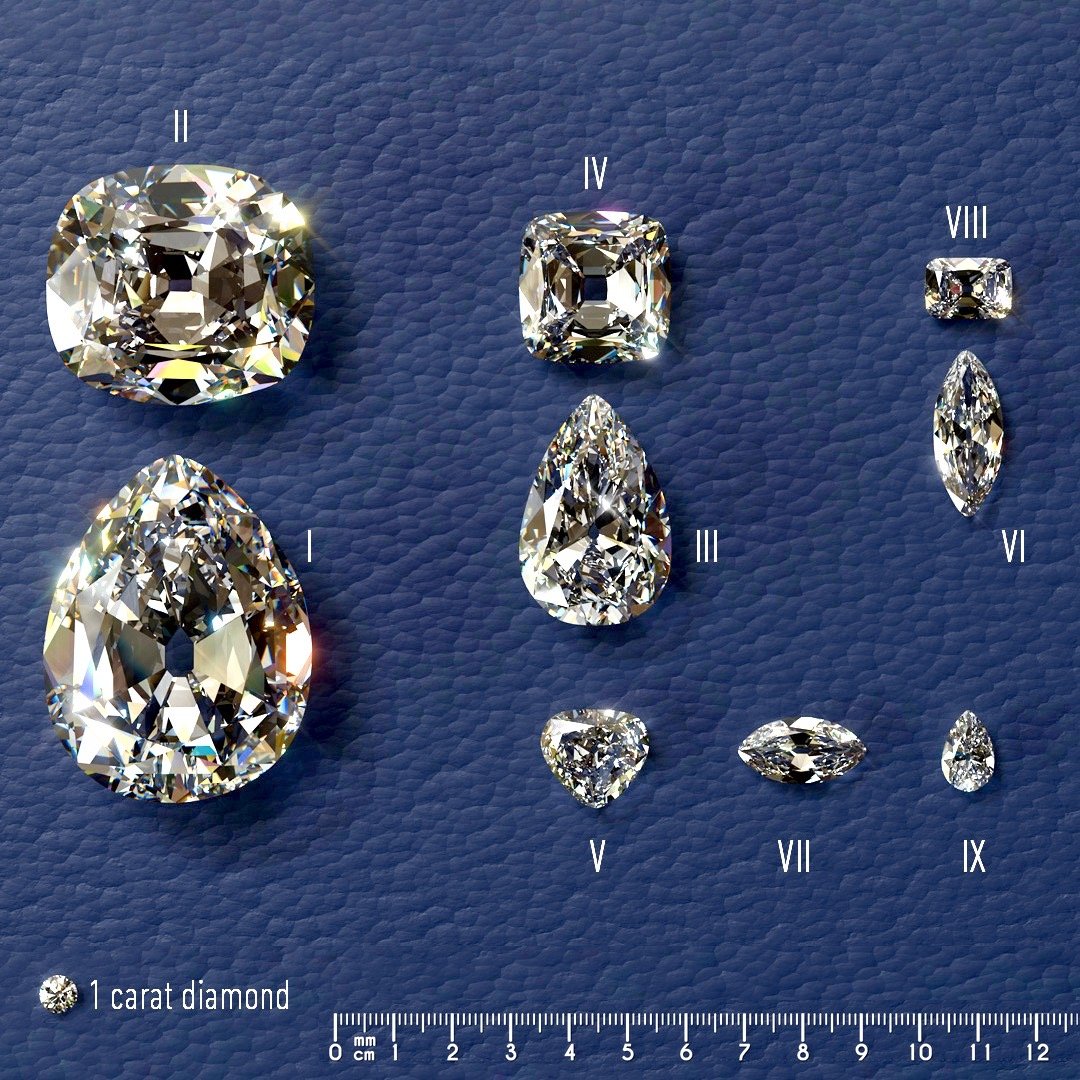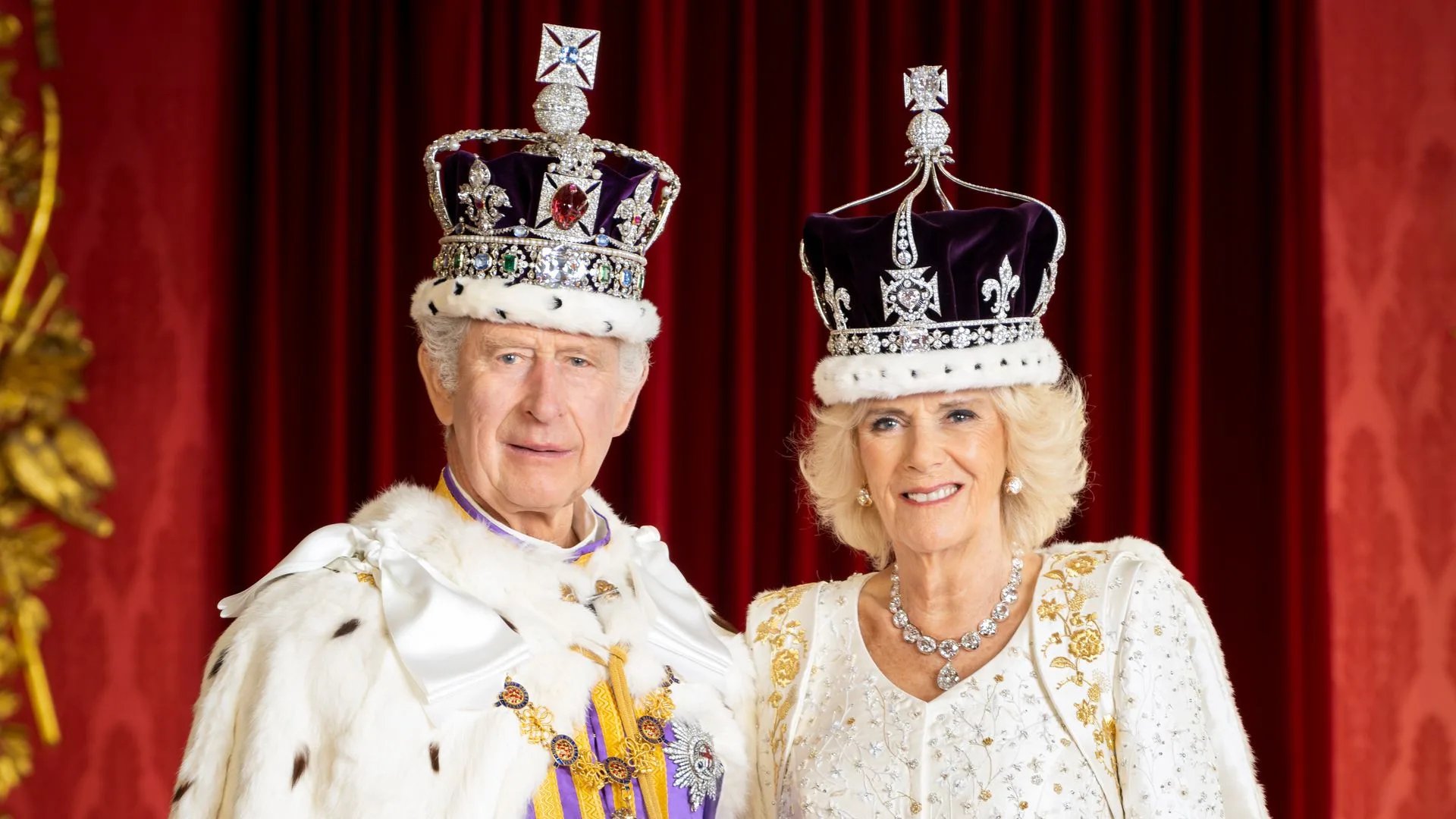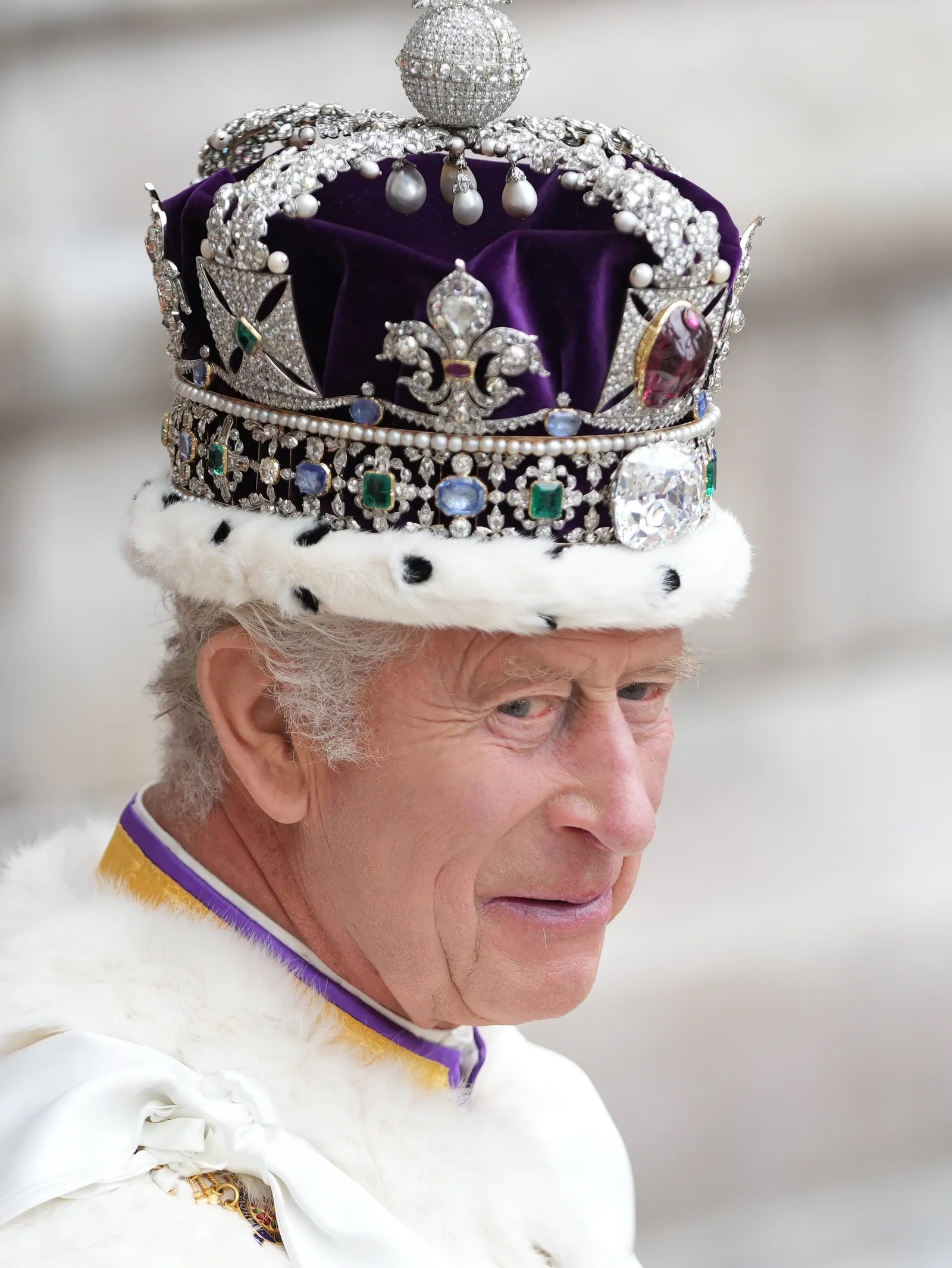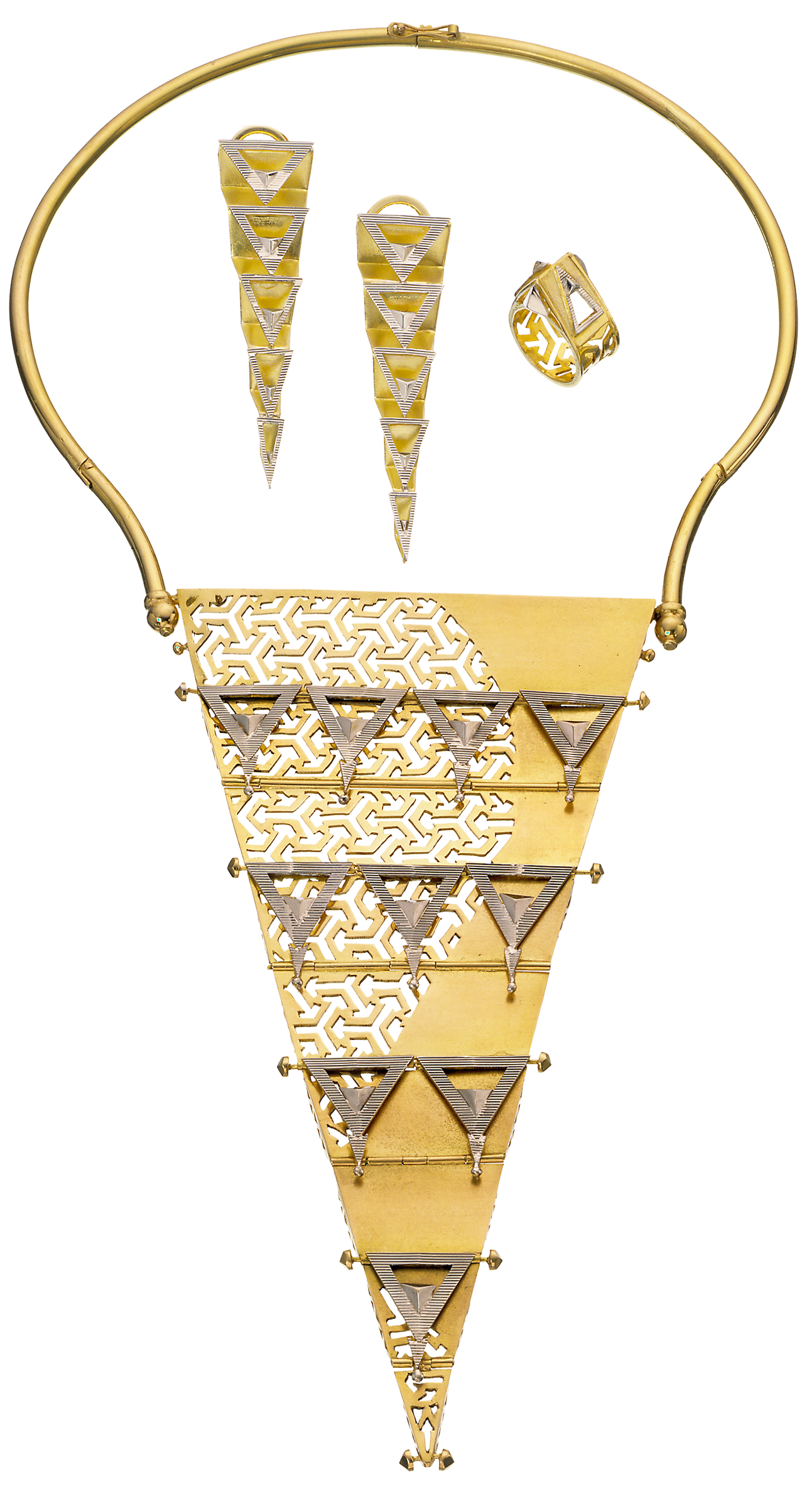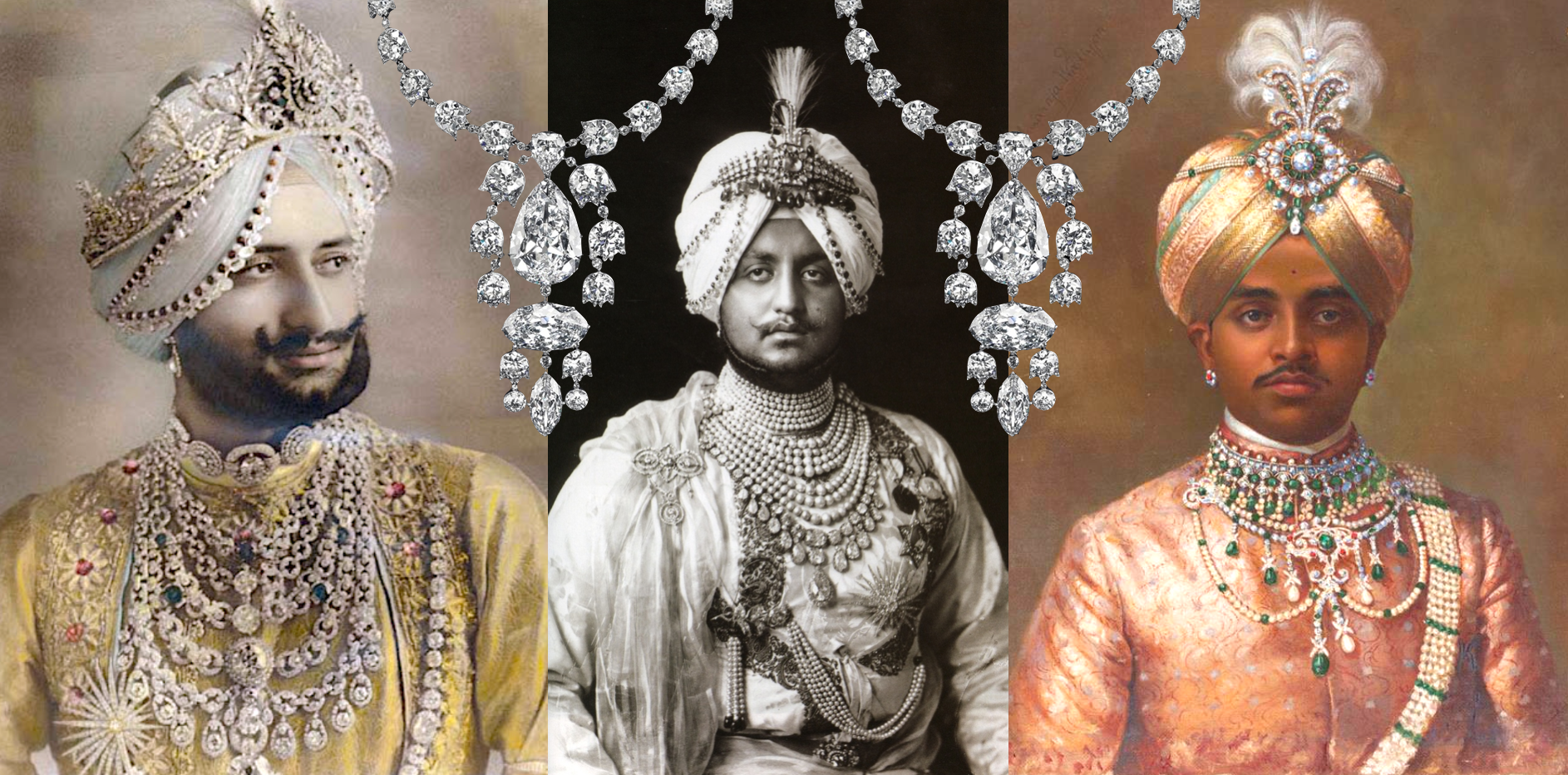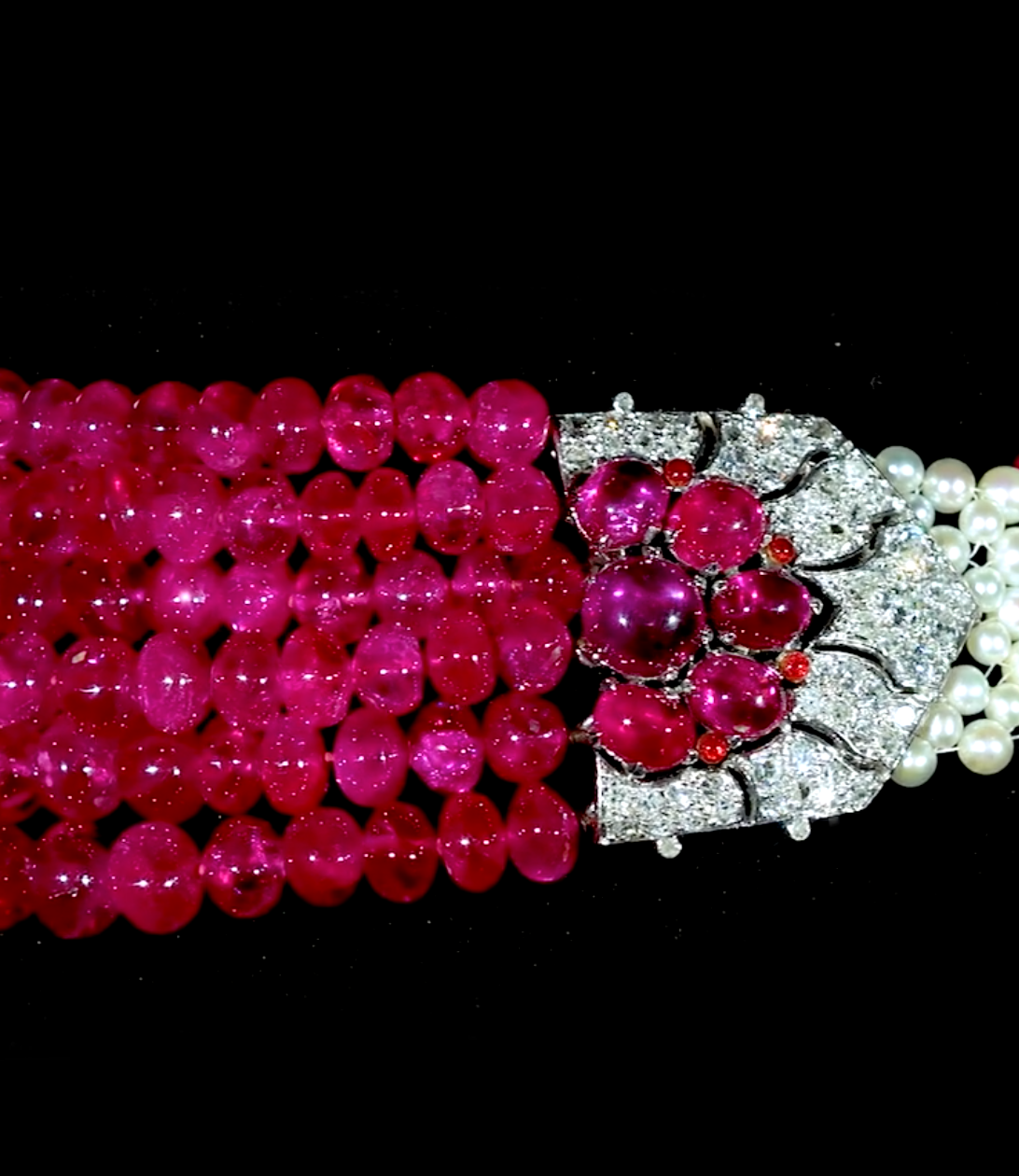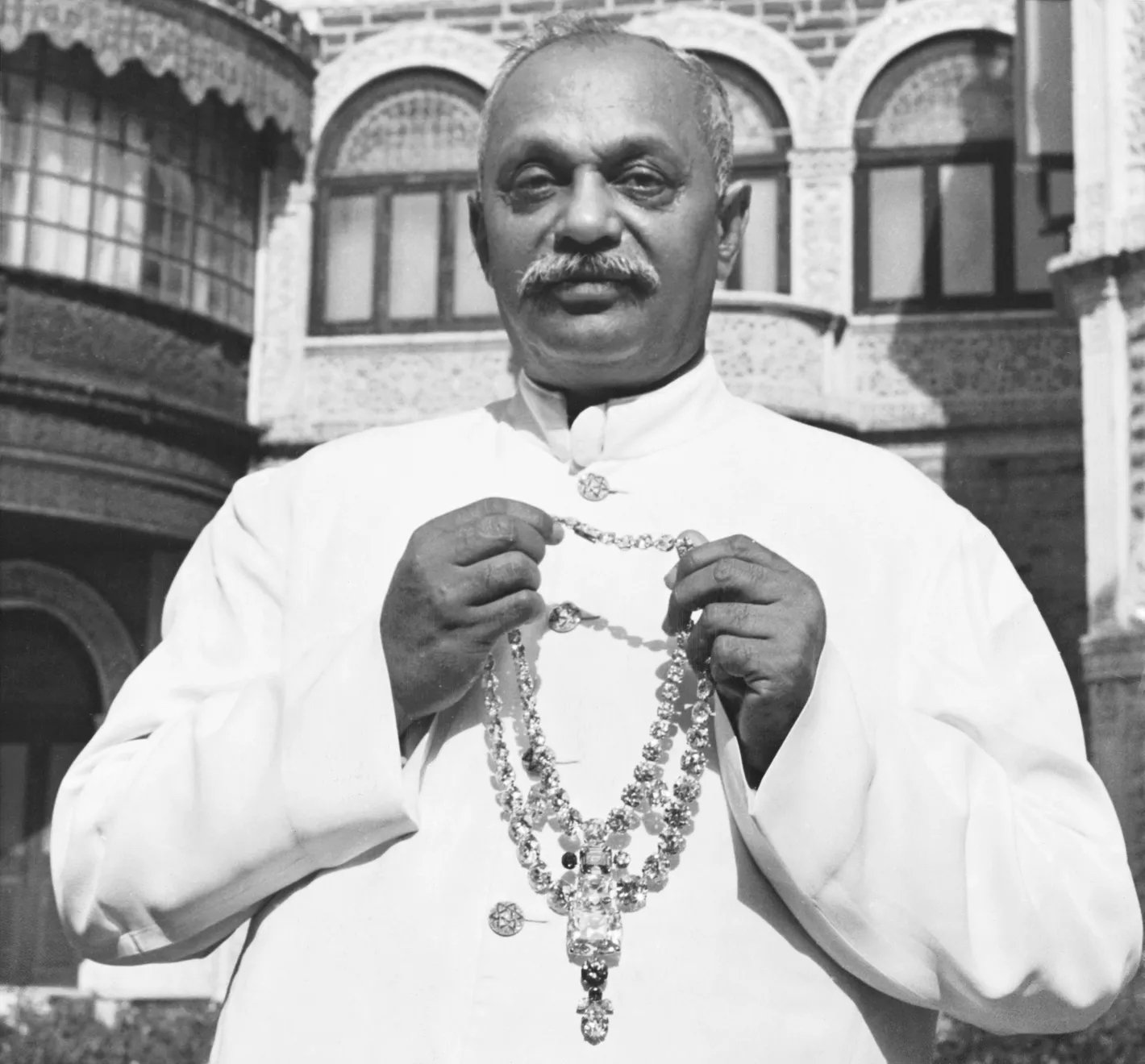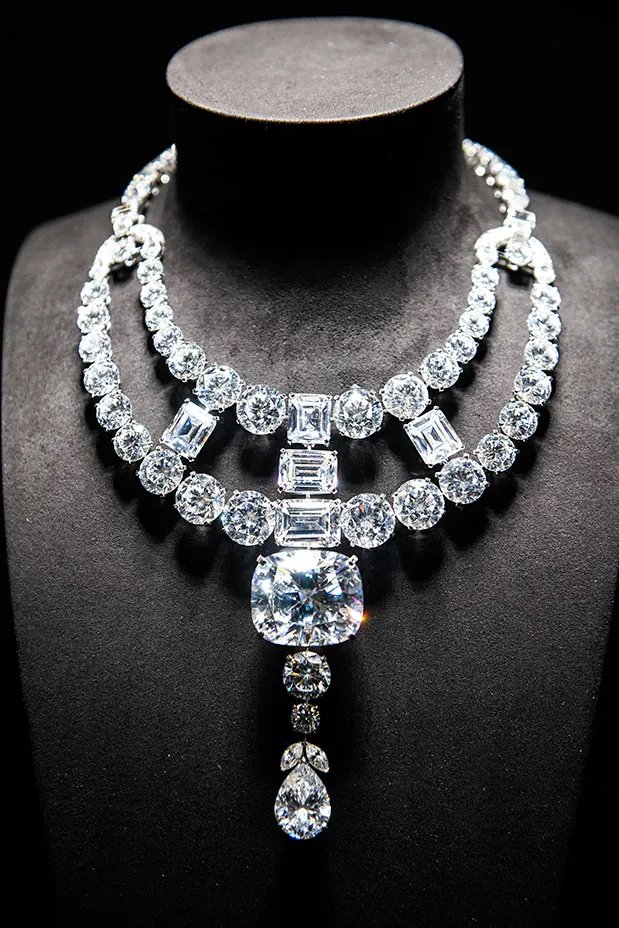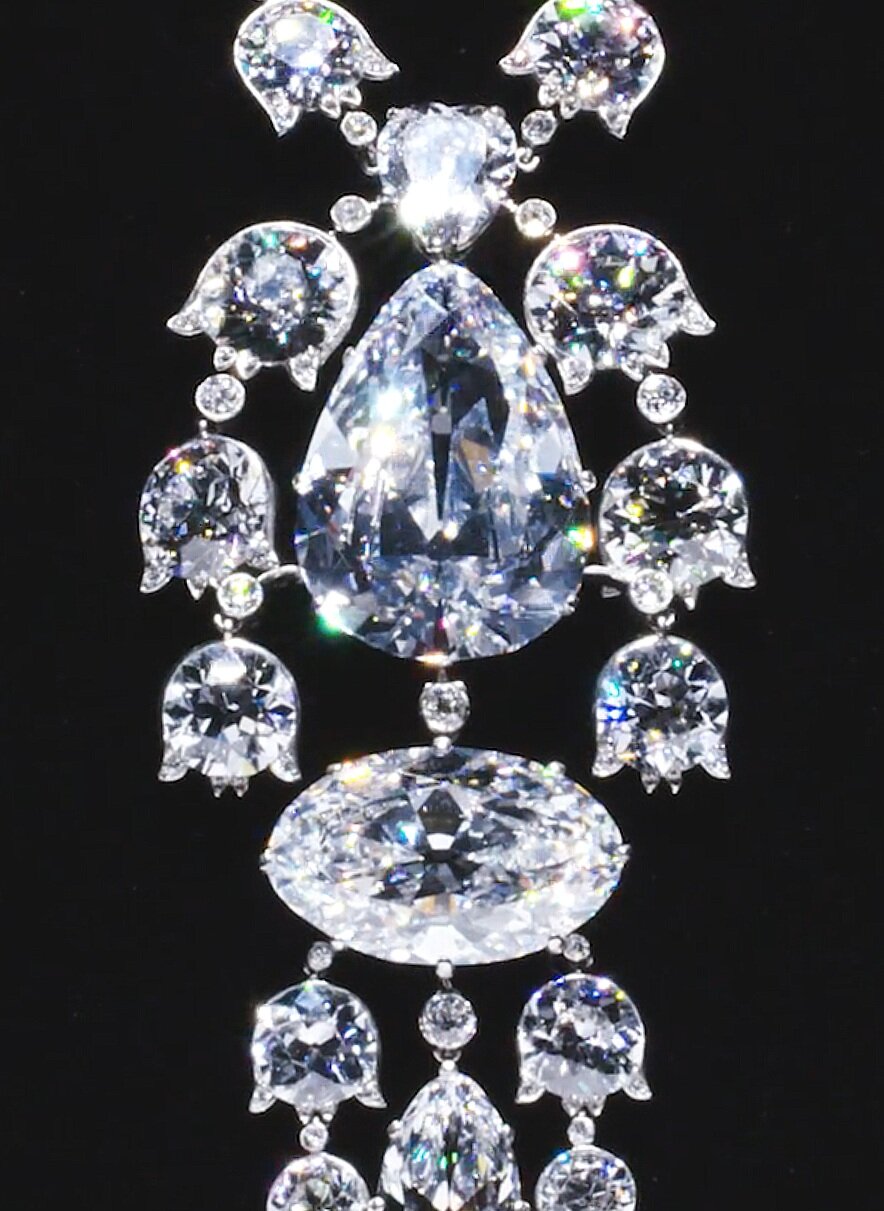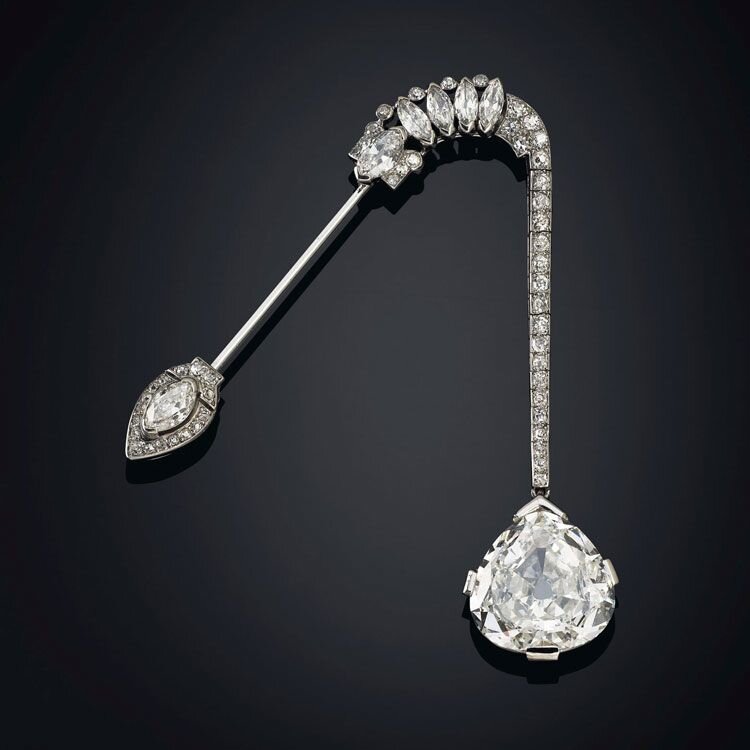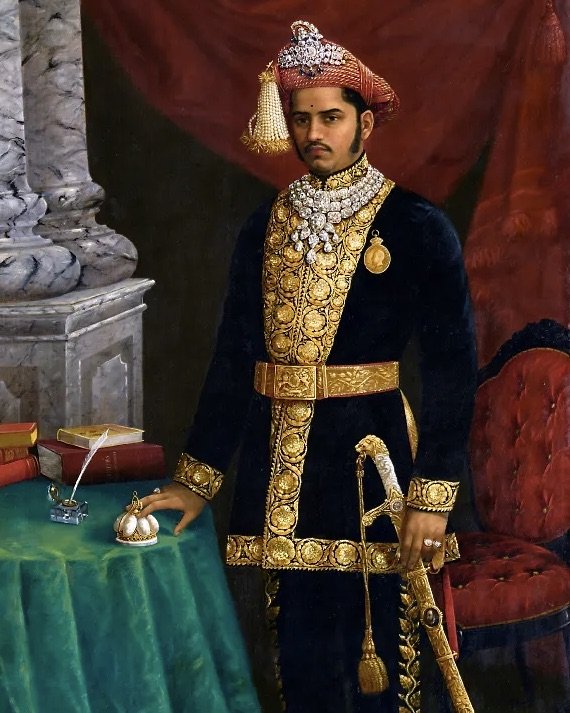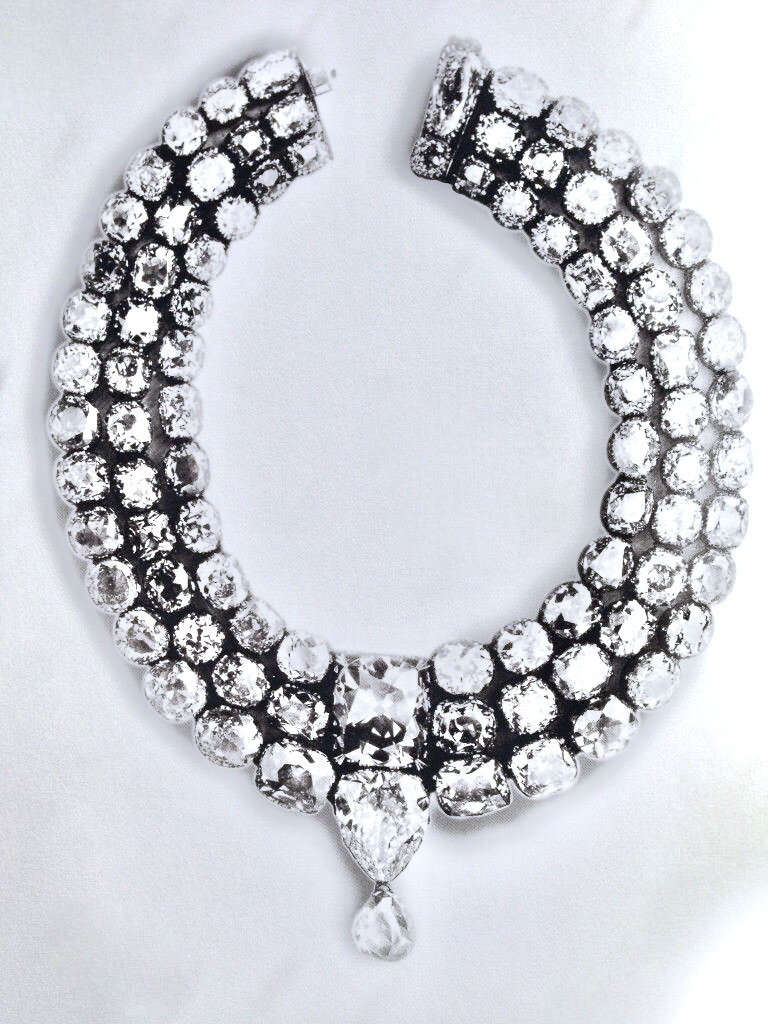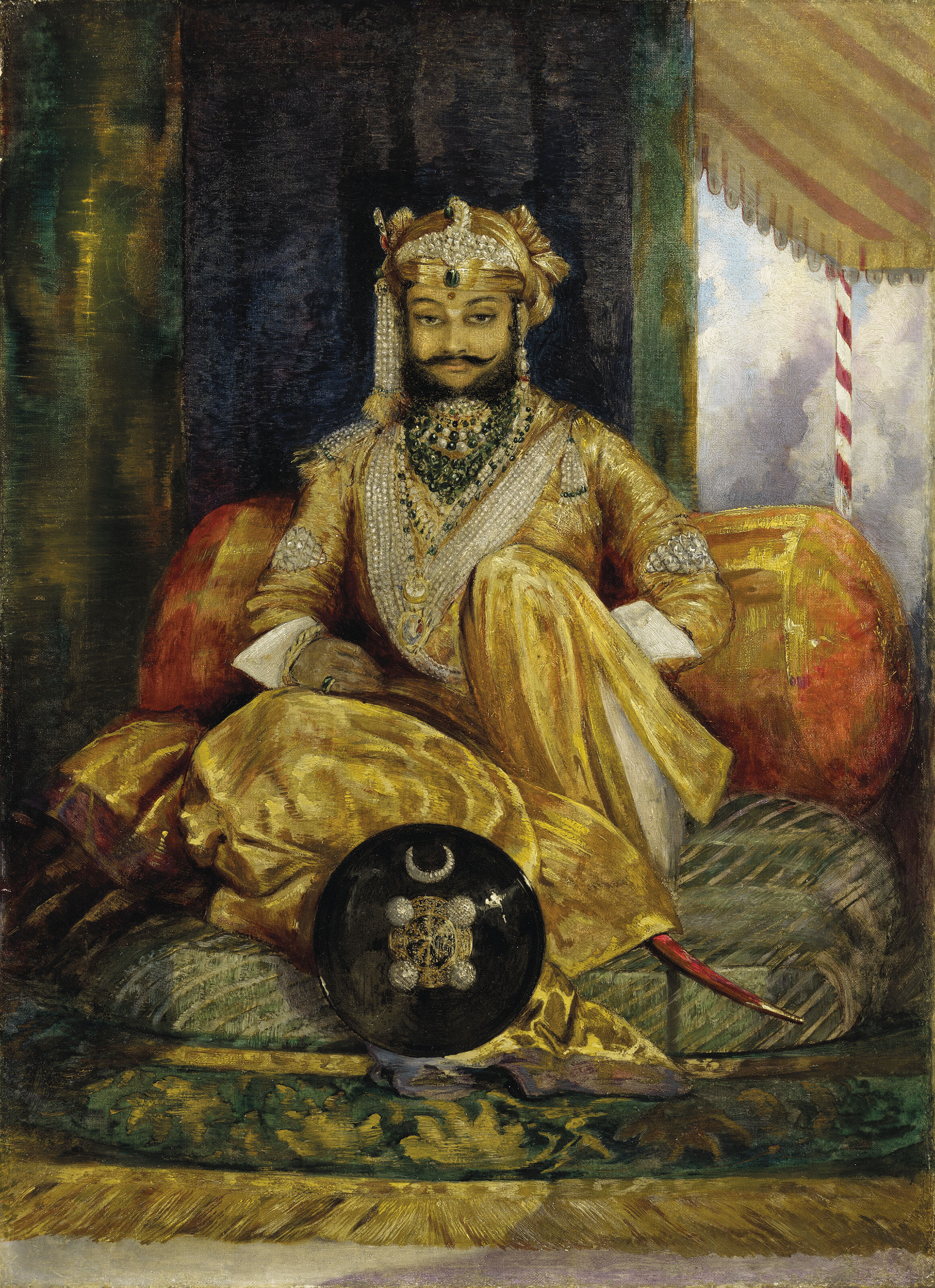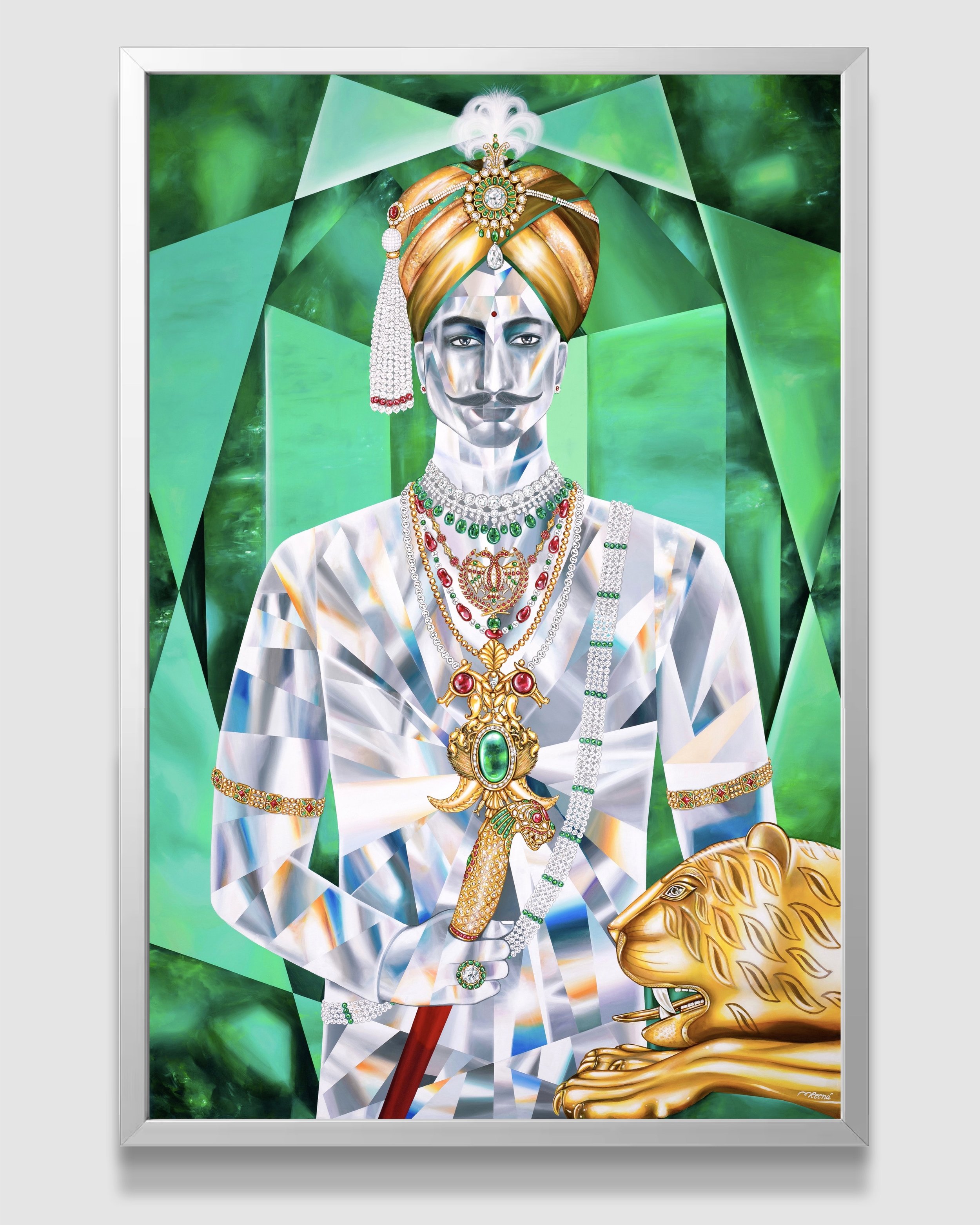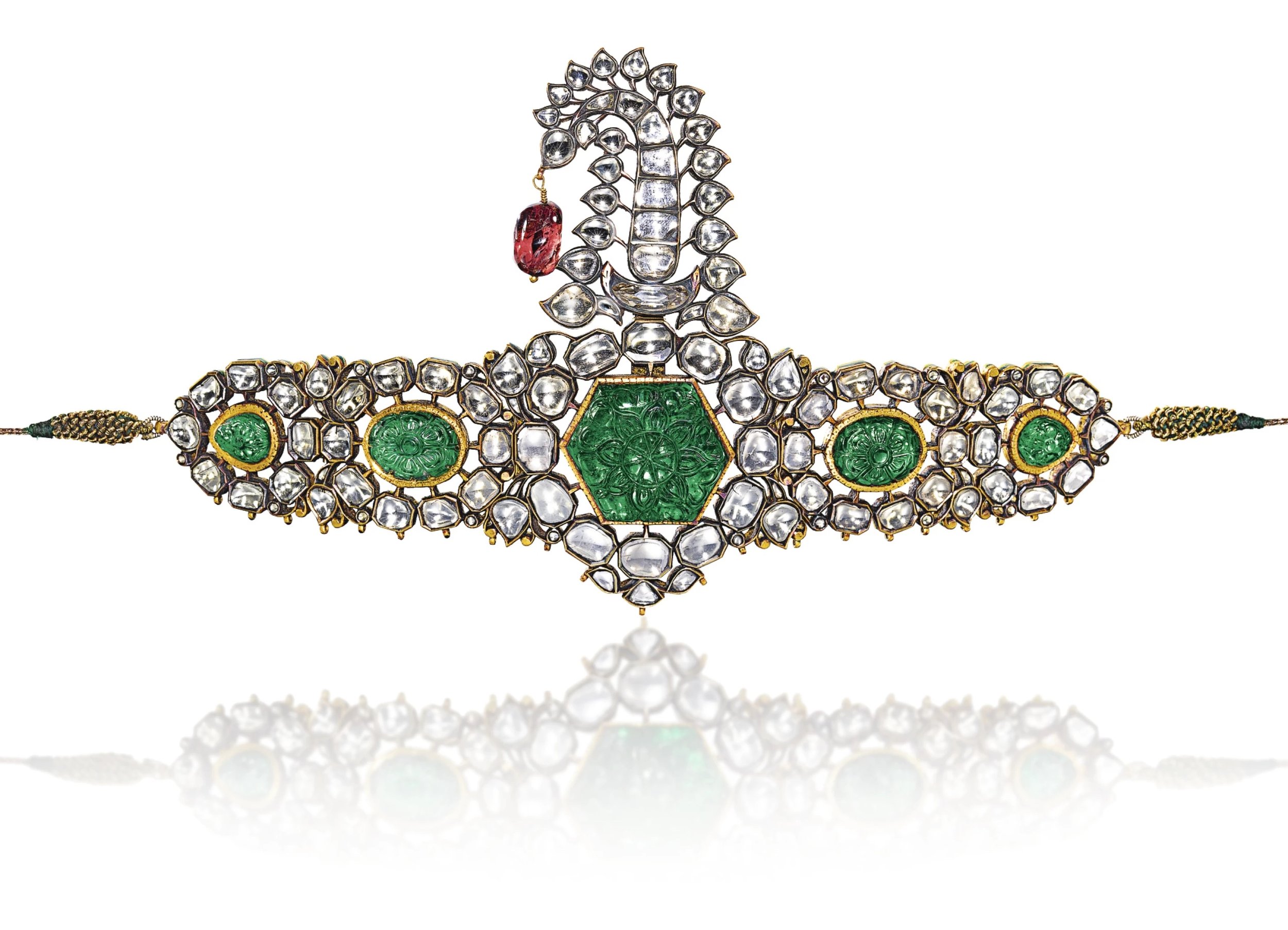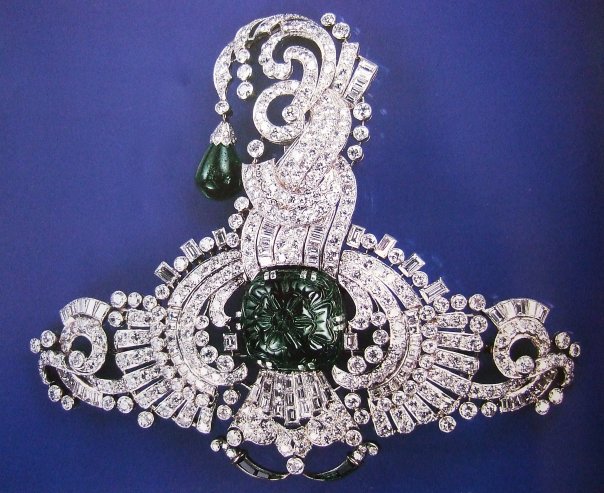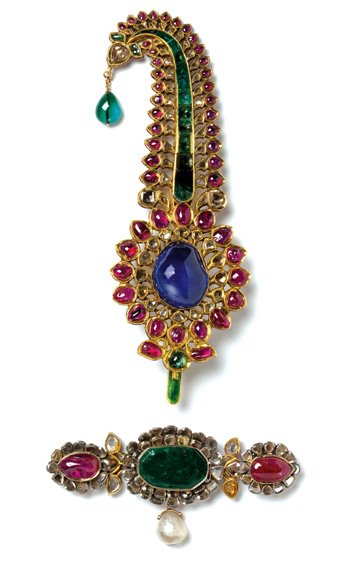[TORONTO, Canada] -- As I look out of my home-studio window, the daffodils and tulips are blooming, the cardinals are singing. It’s spring. It’s also 12 weeks into the lockdown.
In end-February, I landed home in Toronto from an extensive Asia visit. The day I flew from Thailand, the media was reporting on Covid-19 cases, so I self-isolated myself. Canada soon announced a countrywide lockdown. The world is in a crisis management phase since.
Reena Ahluwalia
JEWELRY INDUSTRY TRENDS HERE TO STAY POST COVID-19
The manner in which this pandemic is impacting global businesses, people and shaping our mindscapes is quite stunning. All this in a matter of a few months. I will leave out the topics of online platforms, digital & social media strategies, webinars that have all been widely discussed and are of importance. What I want to share instead are my views on emerging cultural and consumer trends that will impact our business going forward.
1. Post-pandemic Consumer Behaviour
The Covid-19 crisis has taught us the value of things, of what is necessary versus discretionary. In lockdown mode, people made use of what they already had or was essentially needed. Will that mean moving away from over-consumption to meaningful consumption? Possibly. If you notice closely this was an emerging trend, now fuelled further by the Covid-19 crisis. What does it mean for the global jewelry industry which relies on discretionary spending? One of the answers I feel is to look at how we can narrate jewelry with purpose driven, meaningful consumption and one that responds to consumer's overall mental, physical and financial wellbeing.
2. Nature & Sustainability
Our jewelry industry is closely linked to nature's bounty - metals, diamonds and gemstones. I believe this crisis is sending a strong signal to humanity. To prevent future climate catastrophe and spread of deadly diseases, we have to step up and refocus our energy in nurturing nature and in our sustainability efforts. For consumers the climate issue is going to resurface once the Covid-19 crisis starts becoming manageable. Can we as an industry urge action through meaningful engagement? One of the most effective ways to tackle climate change is through purpose-led actions coming from design thinking. People deeply care about climate and connection to the natural world. I am one of them. I bike and haven't owned a car in decades. I reuse, recycle and avoid waste. I am also conscious of companies I buy from. What we wear is a big part of our personal identity, and that's what jewelry does so well, it lets us show who we are to the world.
3. Value, Meaning and Purpose
Now, more than ever we need a connection to who we are, what we love and how we show it. Jewelry is about our personal identity, celebration and dreams. Consumers will return to jewelry, but with a changed perspective. They will return and look for jewelry with meaning, purpose, positivity, joy and deep personal connection to who they are and what they value. This must reflect in our jewelry designs. It must reflect how wearing jewelry makes us feel.
The ‘Inner Brilliance’ spinning diamonds collection from ‘Coronet by Reena’. A pointer points to the true center, reminding what's most valuable to us; our family, values, goals and milestones. ©Design Copyright. Patented setting.
MY PERSONAL FOCUS
Like most of us, my first concern once the pandemic hit was the safety of my family, my team, friends and those experiencing dire situations amid this crisis around the world. I made early donations to some of the organizations that I support. Now that I look back, it was timely.
Soon, I started reorganizing my days and priorities to tackle the many challenges that the lockdown has brought to my business. I am also helping a few emerging jewelry designers who are entering the world of jewelry on how to navigate this tough landscape. I am reading books that were on my 'To Read' list, cooking, and exercising. In this environment of digital overload, I am very careful of what I choose to watch, hear and consume digitally. I call those my 'essentials'. Social isolation is difficult, so I am constantly reminding myself to take care of my mental, physical and spiritual self.
Being a jewelry designer and artist, I am used to very long studio hours and creating in isolation. That focus came in handy. The current crisis has made me think even deeper about my values, connection to nature and how I want to contribute in future. This thinking has guided me to create with a renewed purpose.
Check out my latest diamond paintings from the LIT Series. You will know what I mean.
No amount of darkness can hide sparks of light. The LIT Series of diamond paintings by Reena were painted during the Covid-19 crisis. Dedicated to all heroes, the paintings celebrate our shining human spirit. ©Copyright.
Finally, I hope you are not pushing for hyper-productivity and forcing unrealistic goals causing performance anxiety. I can only share my experience and what works for me and hope you will consider it. I feel this crisis is a time to attune yourself to what's happening around you. Feel it, think about it and explore your ideas. The best creative solutions are when all these elements interconnect and harmonize.
We will come out of this crisis altered, but with true inner light, sense of purpose and clarity of direction.
I wouldn't wish anything less for you.



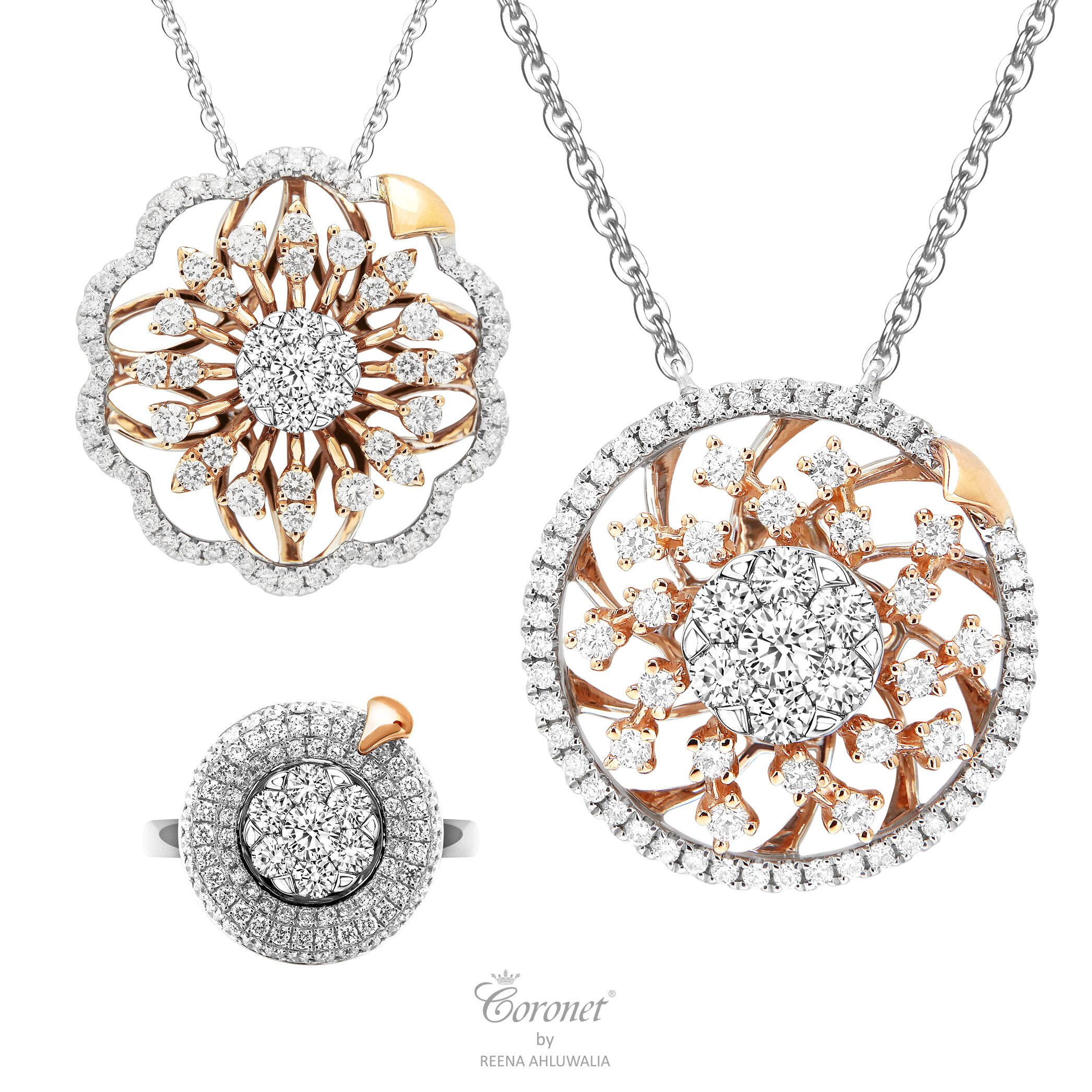



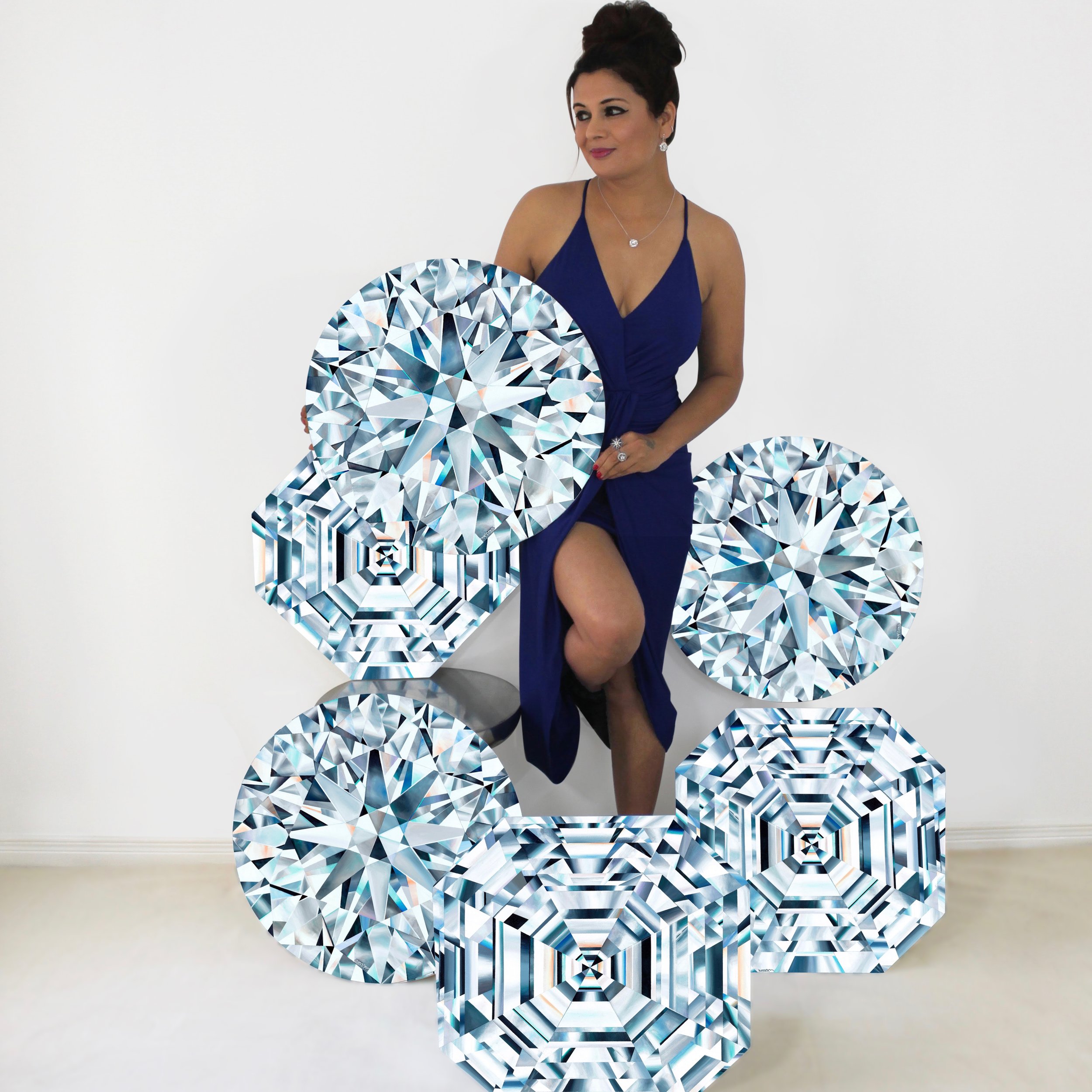

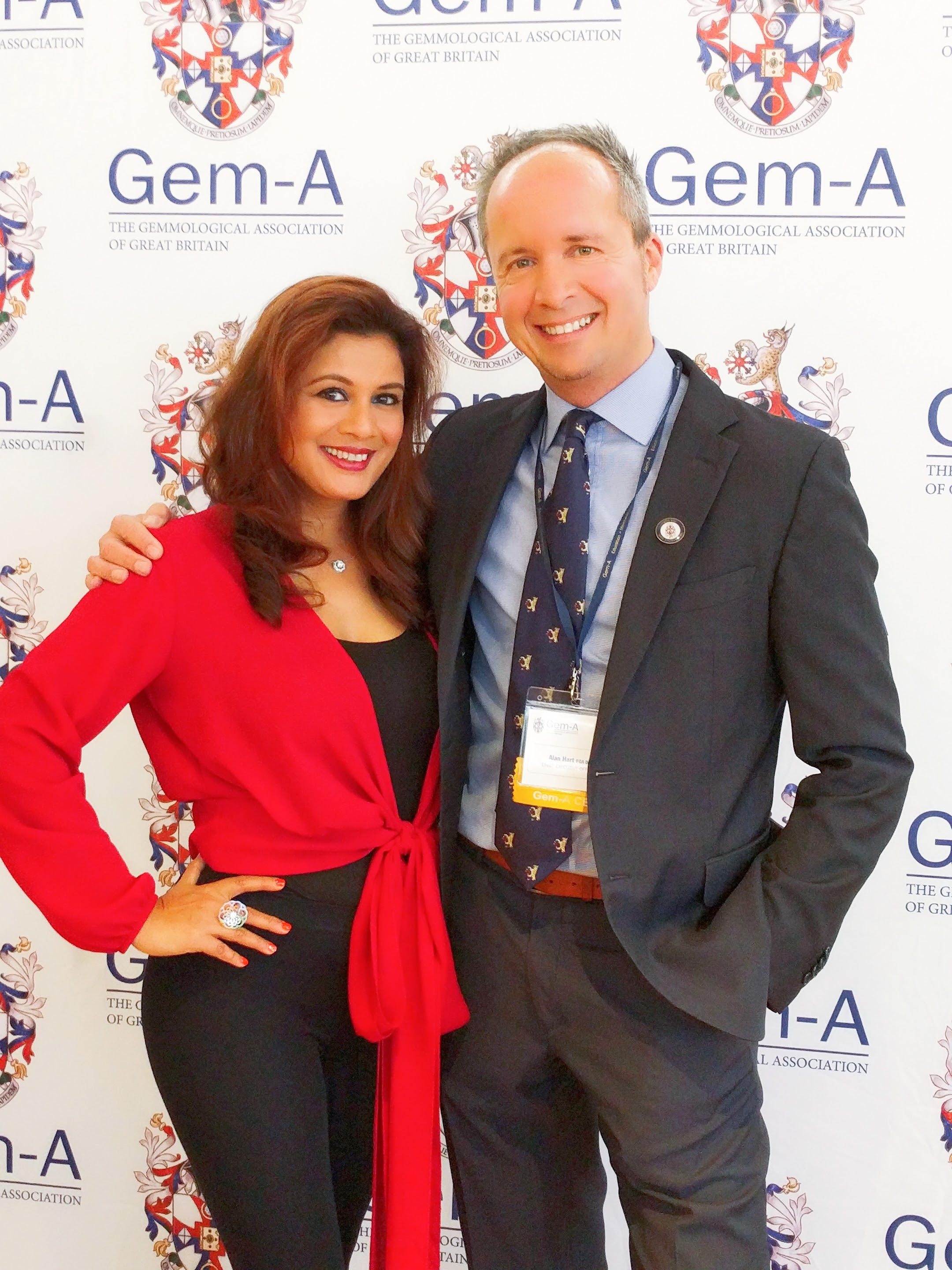
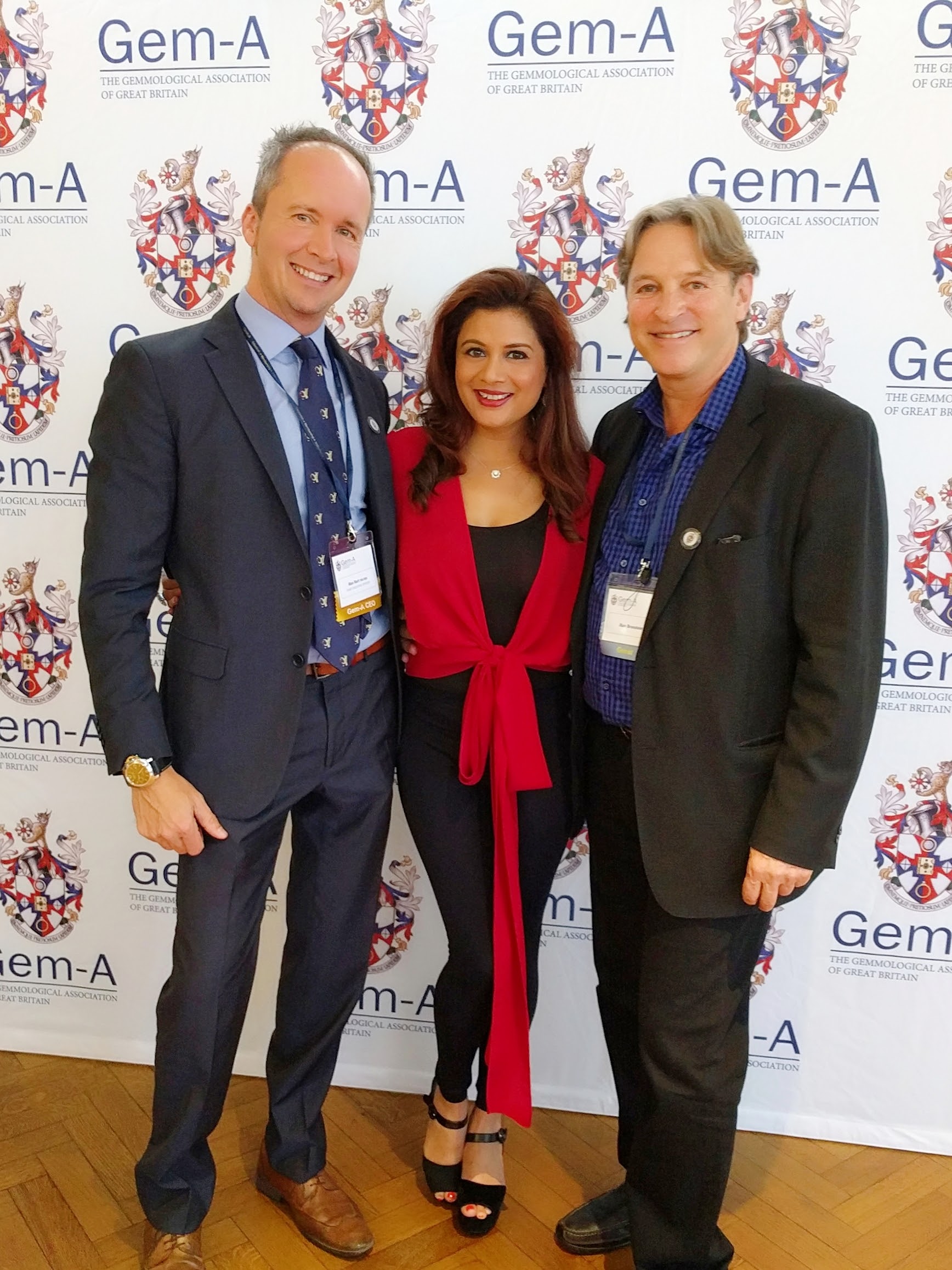
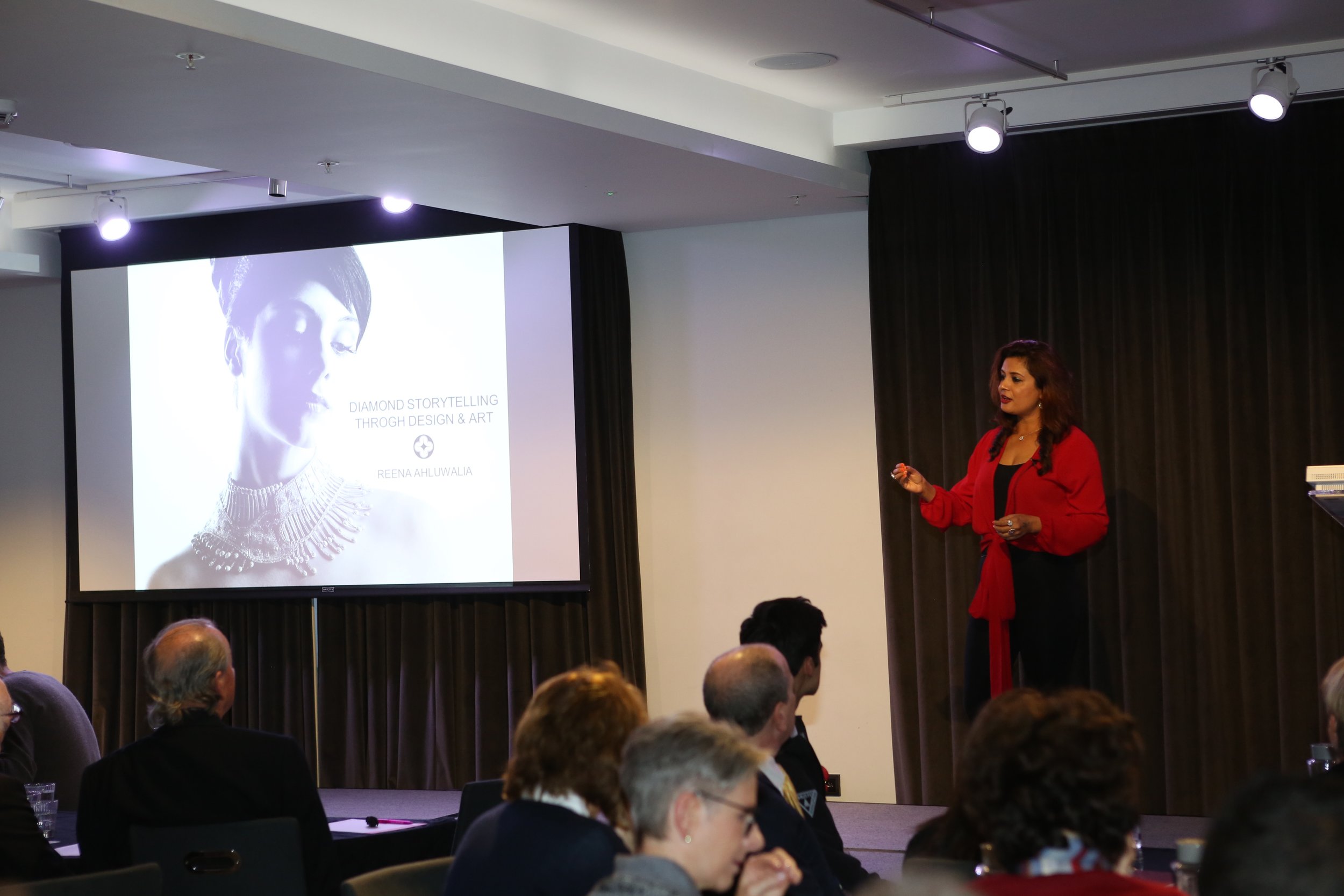


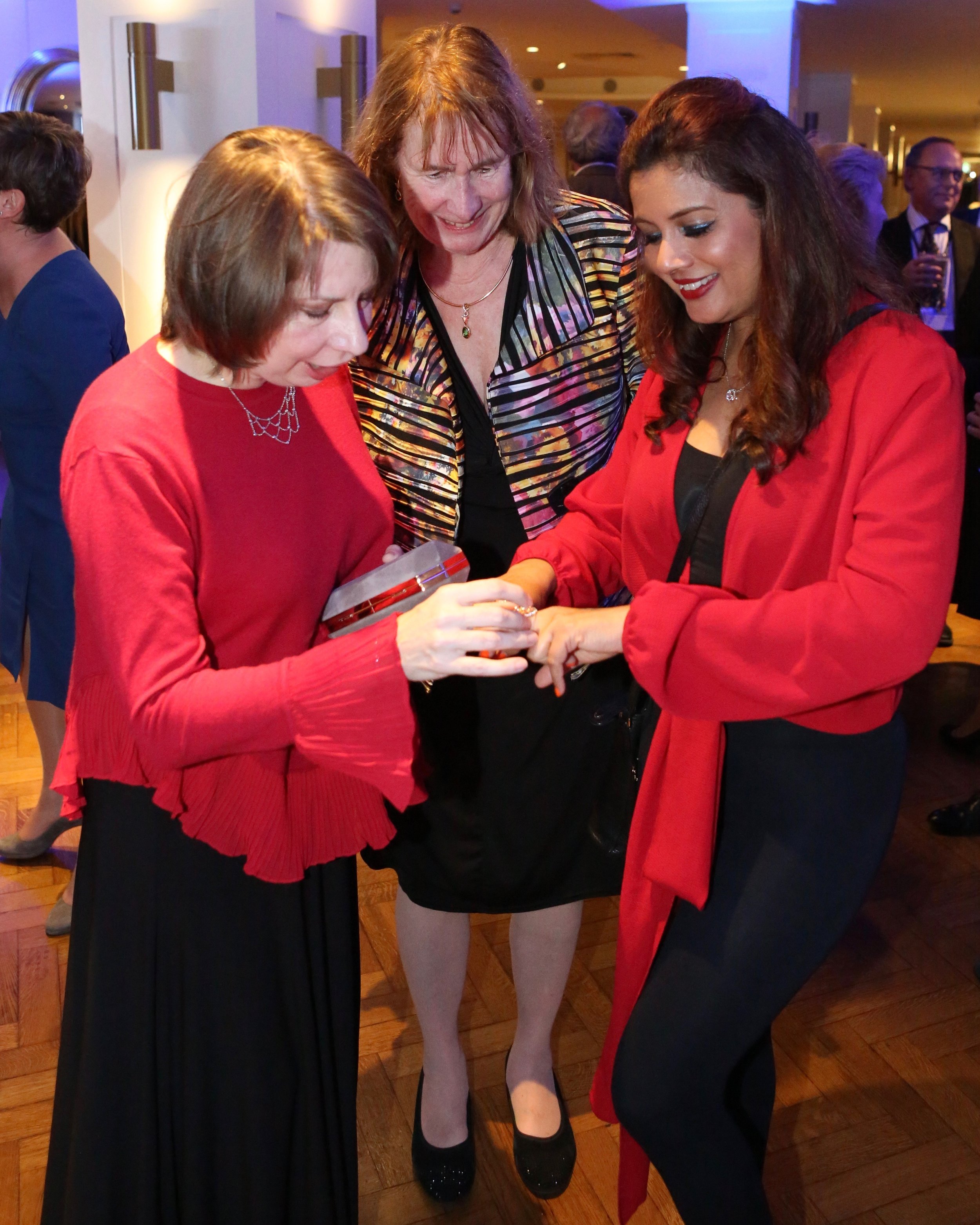
















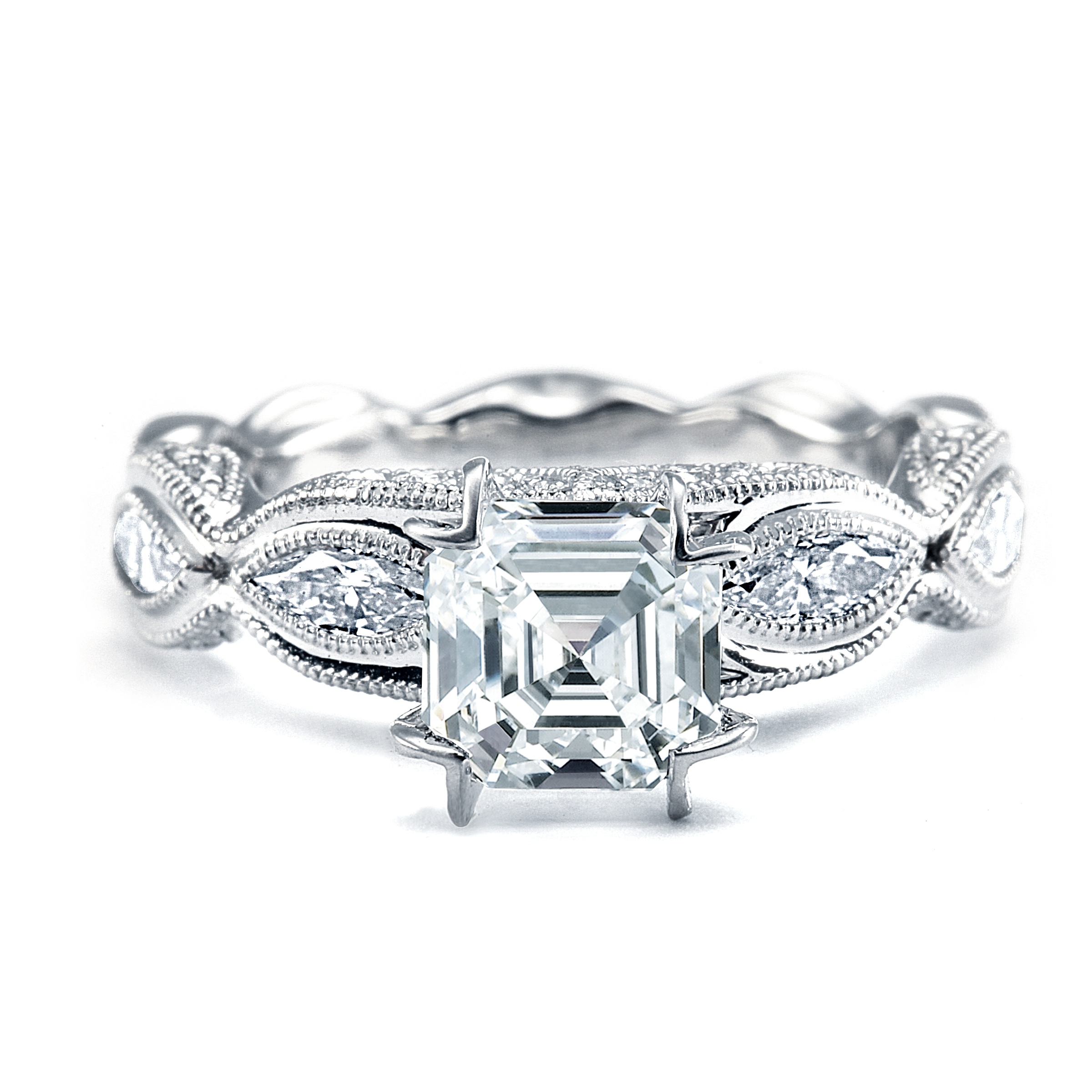
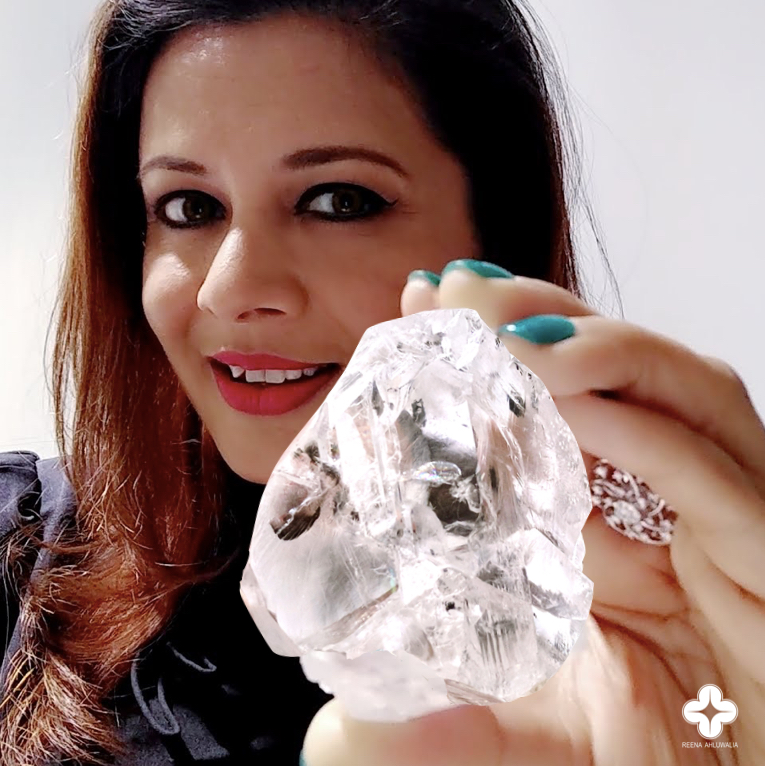
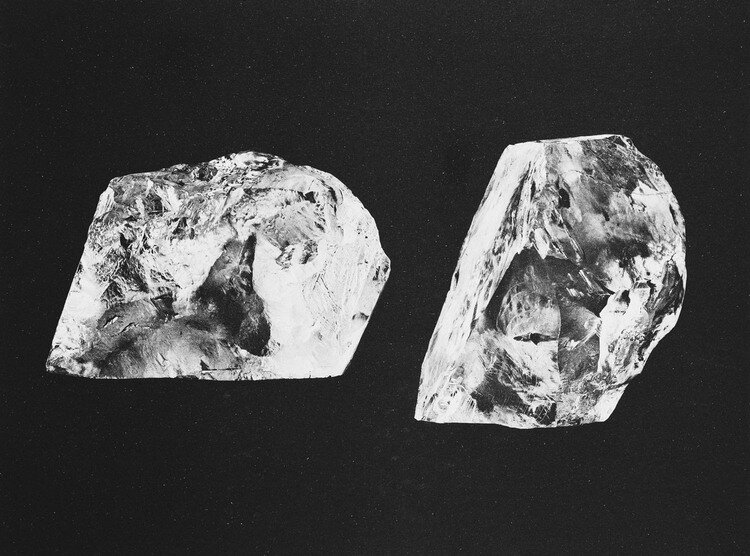

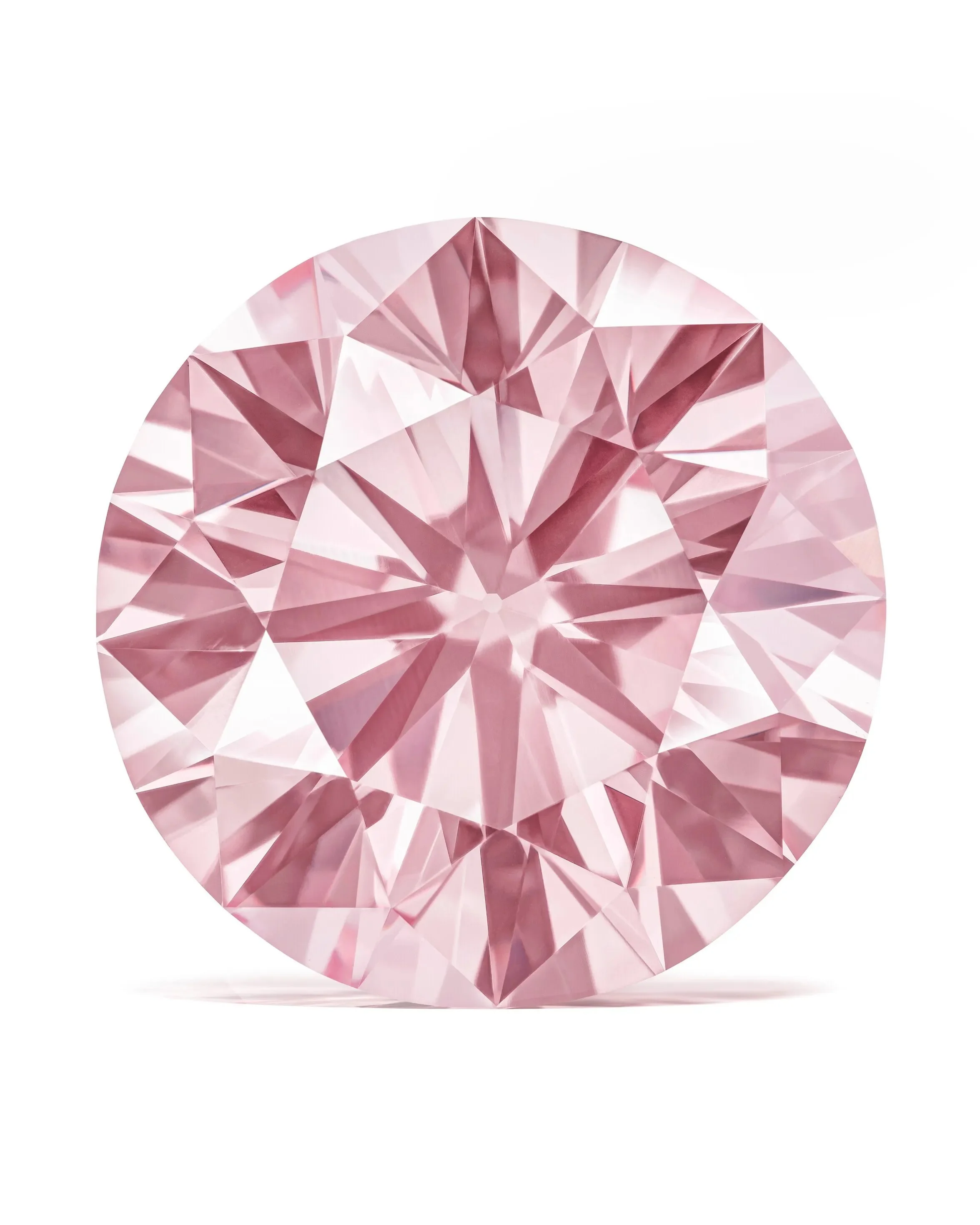
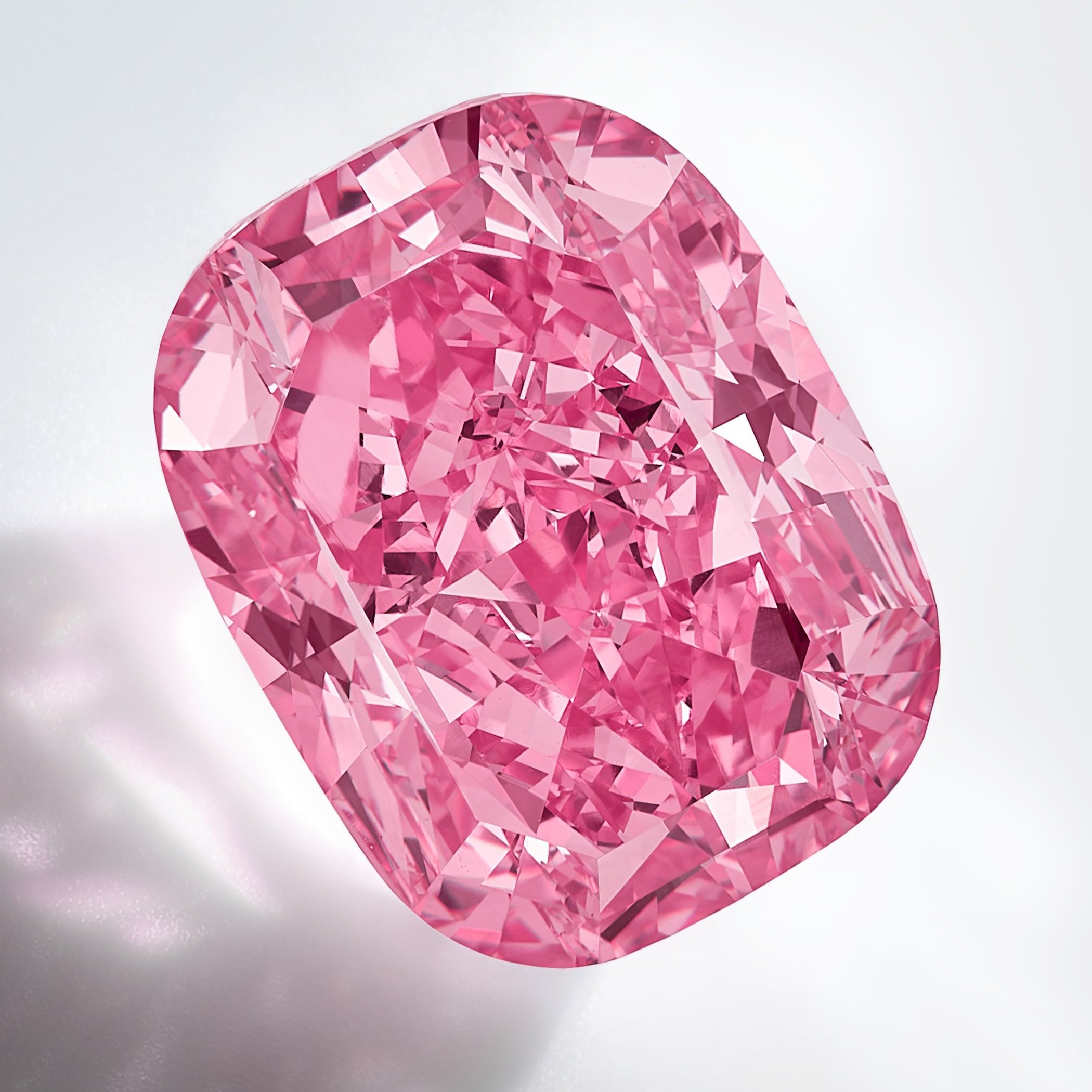
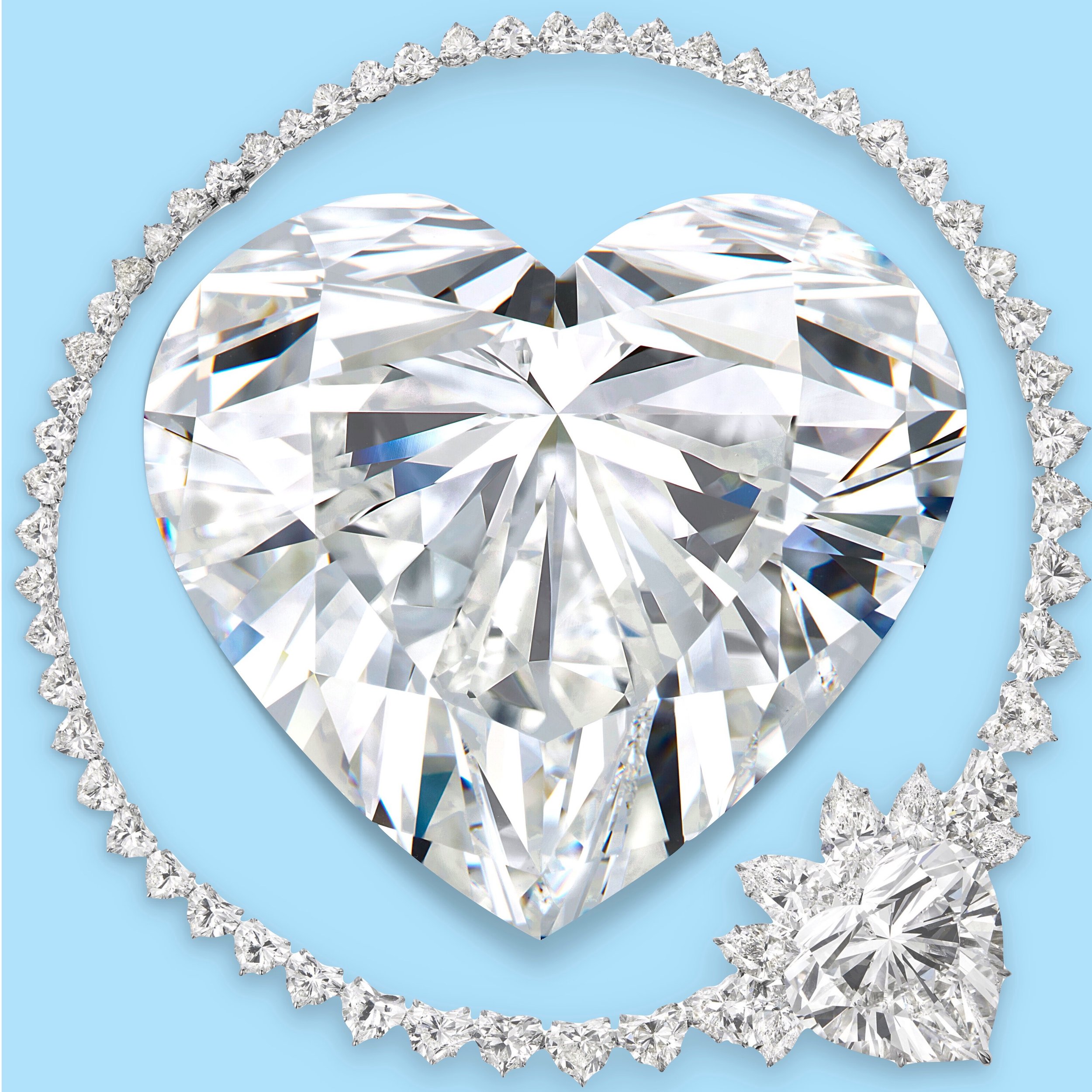
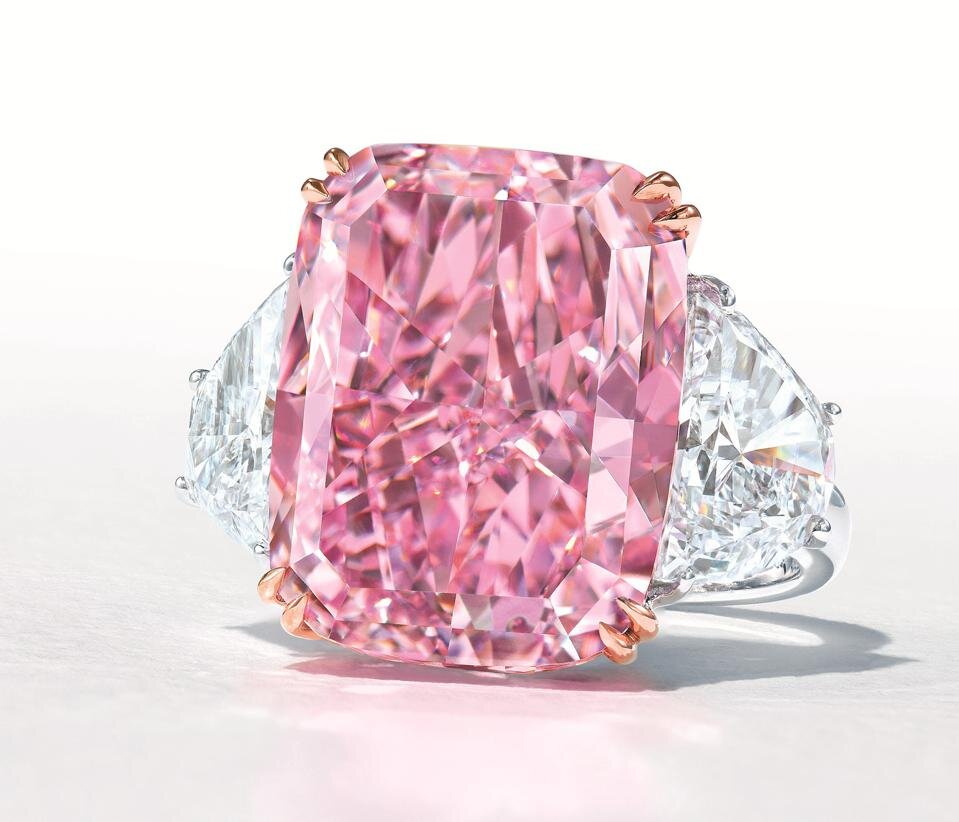










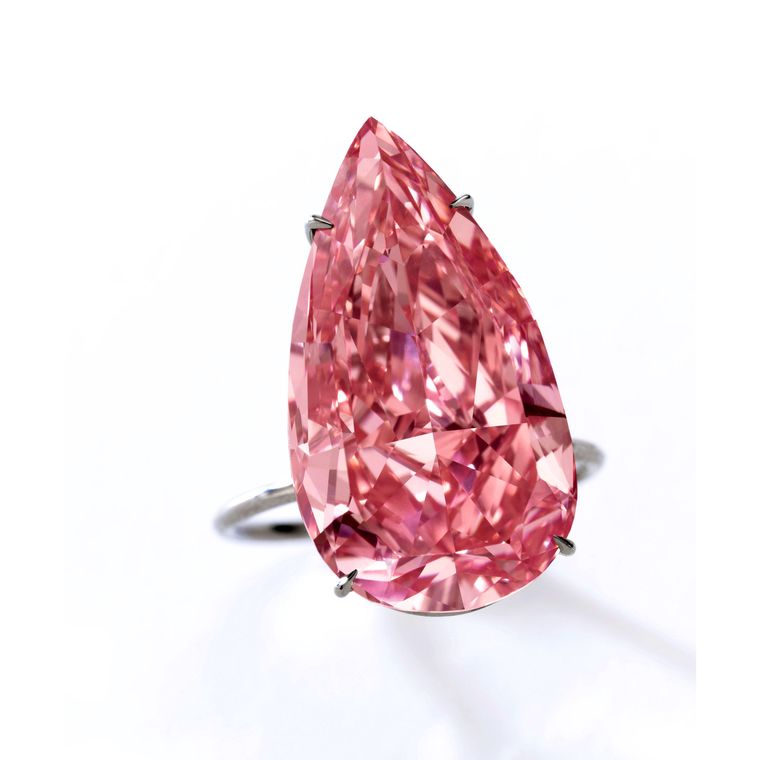


















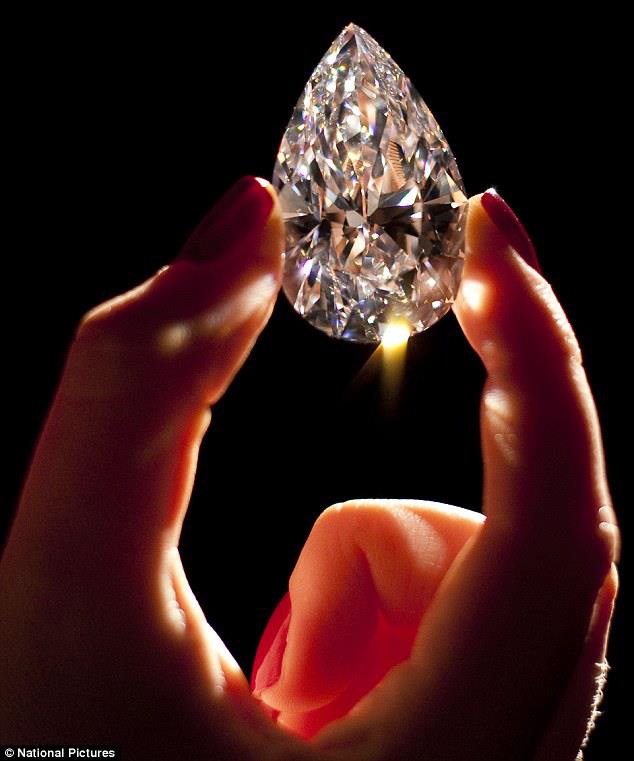






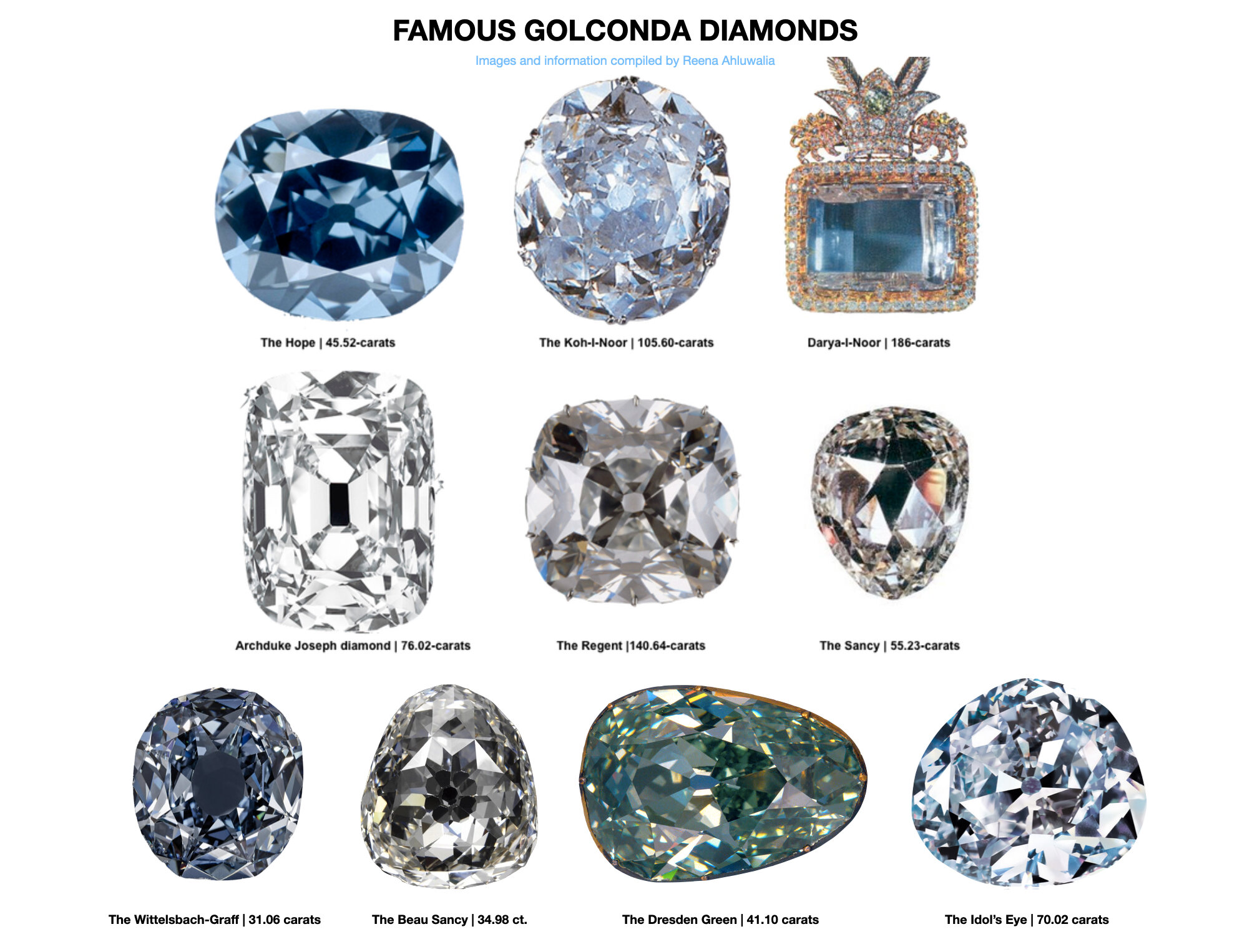






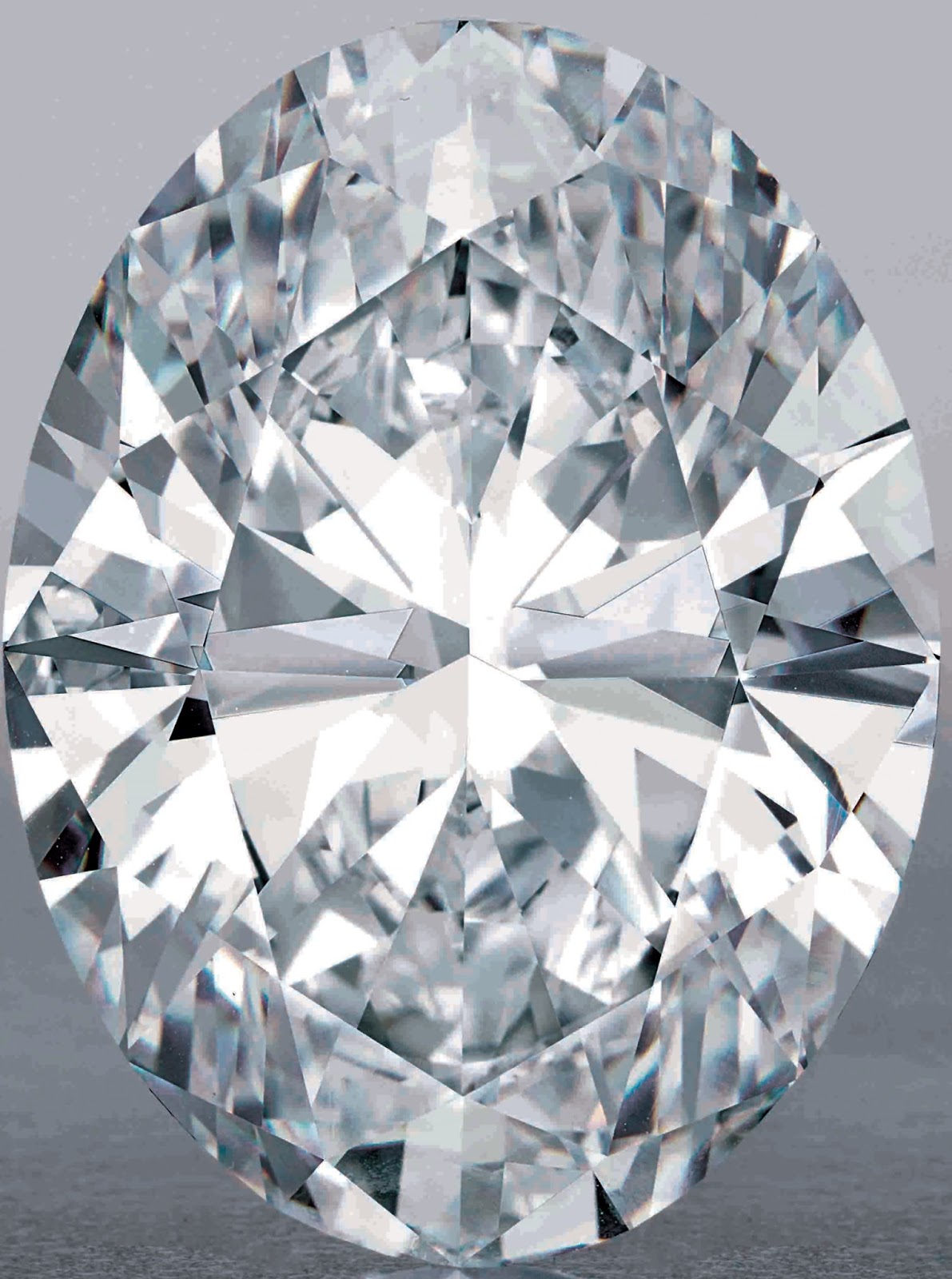

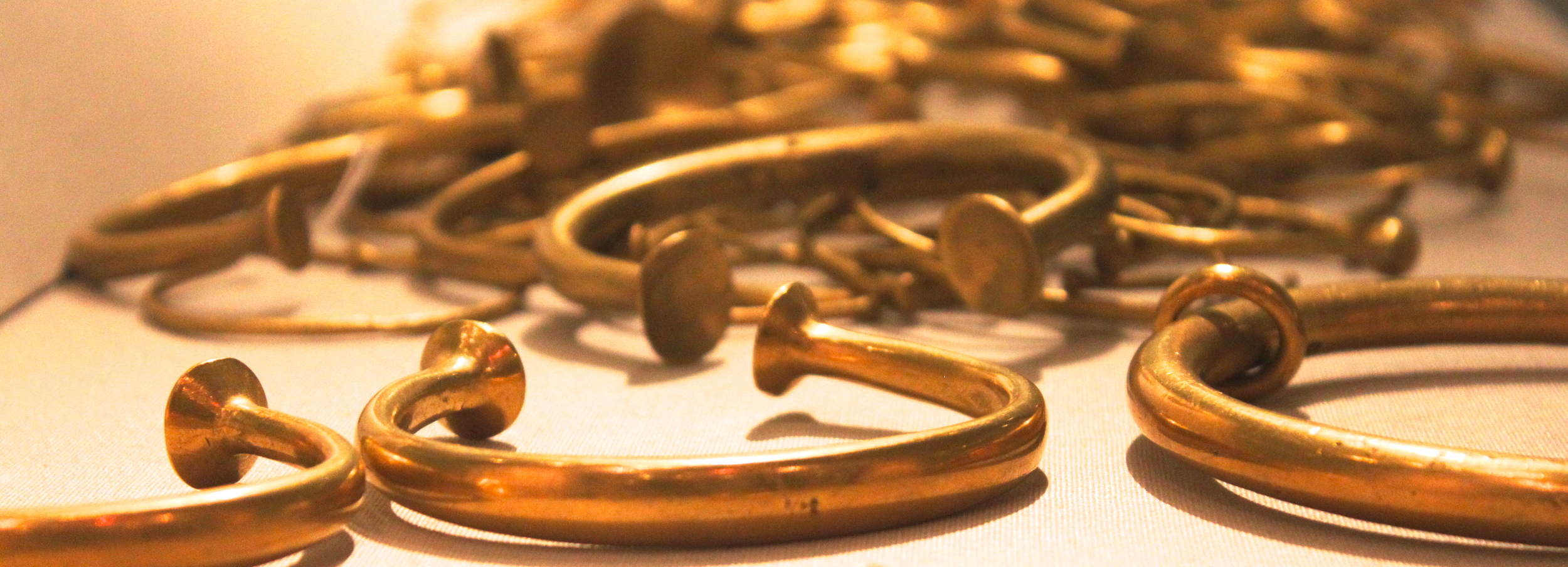



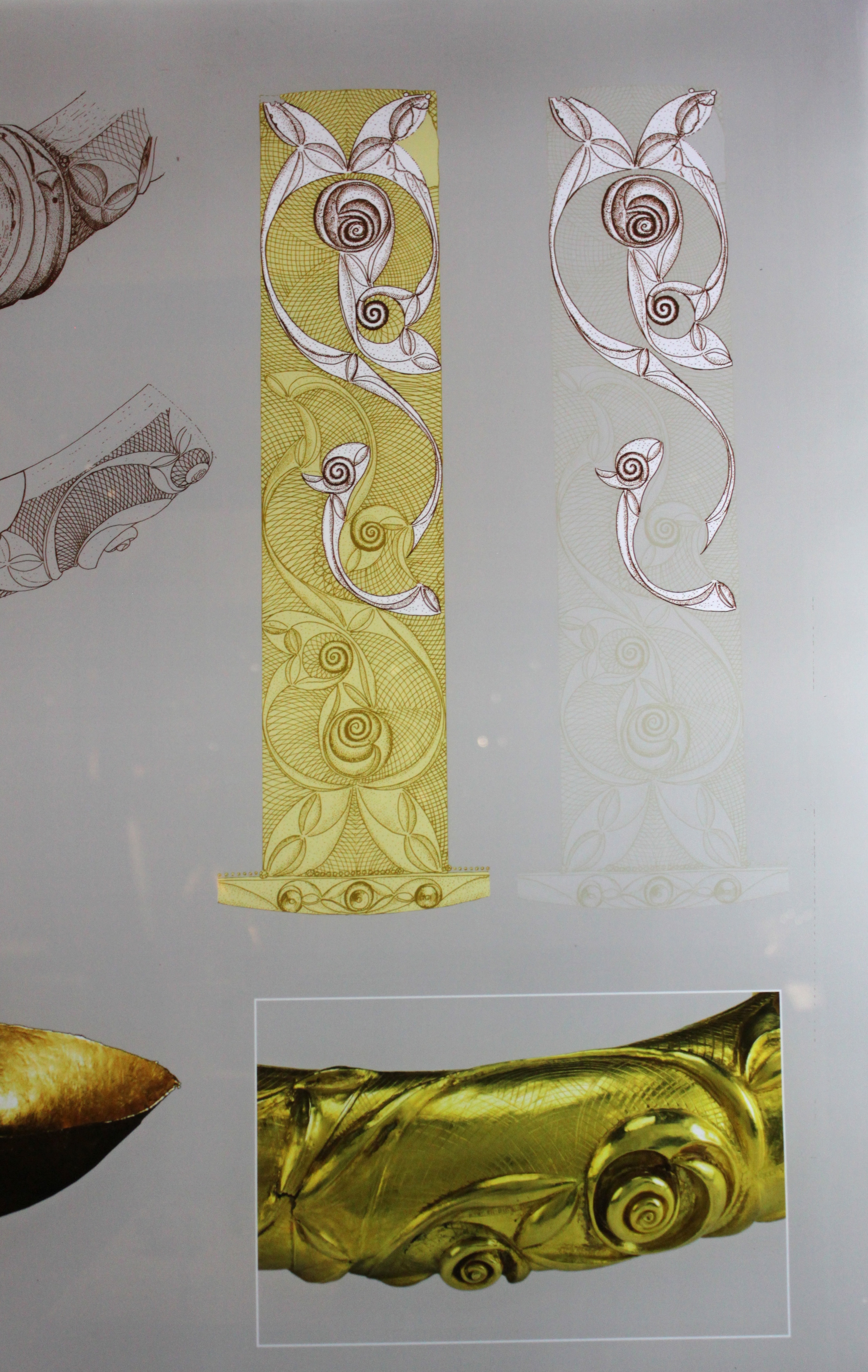












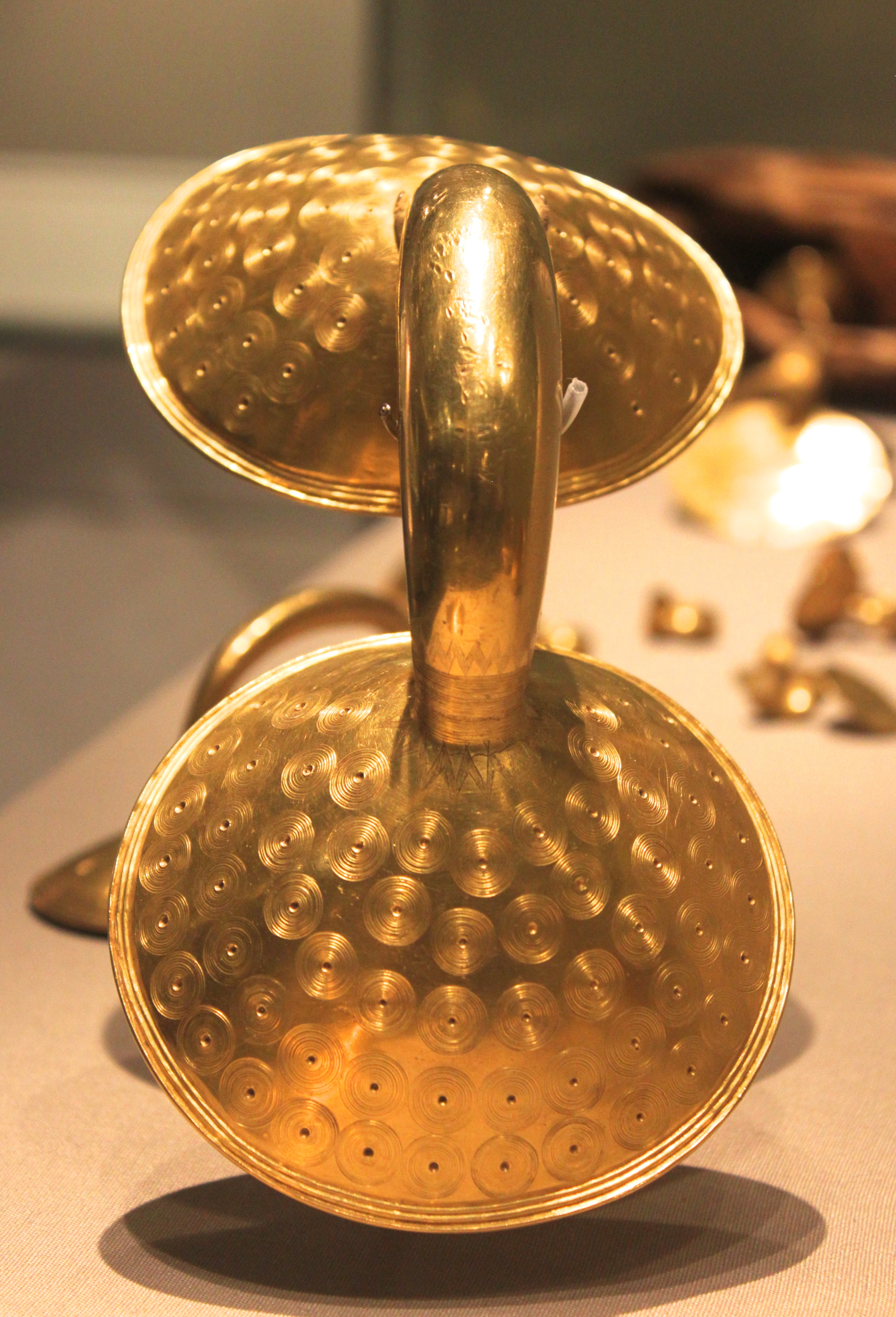









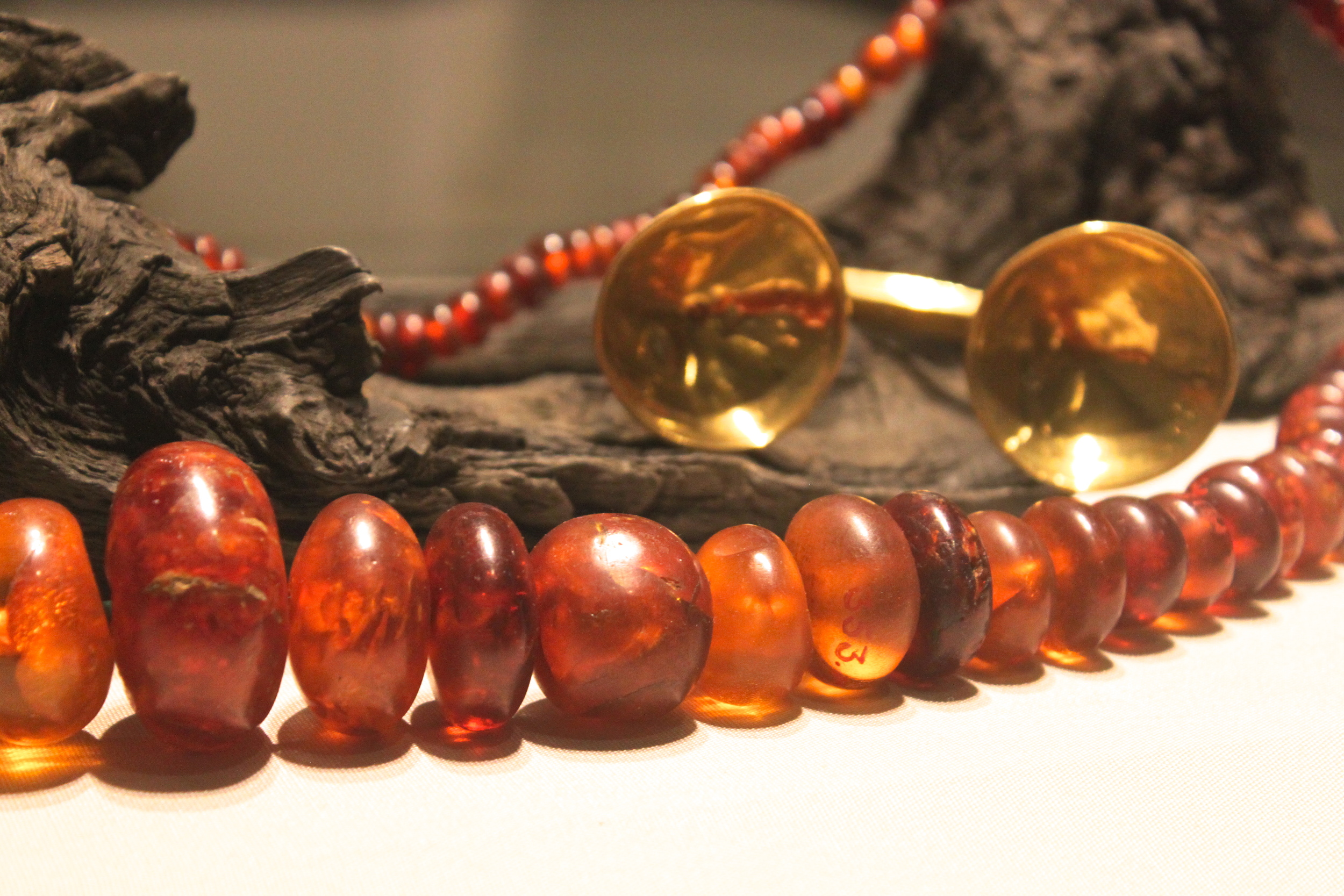








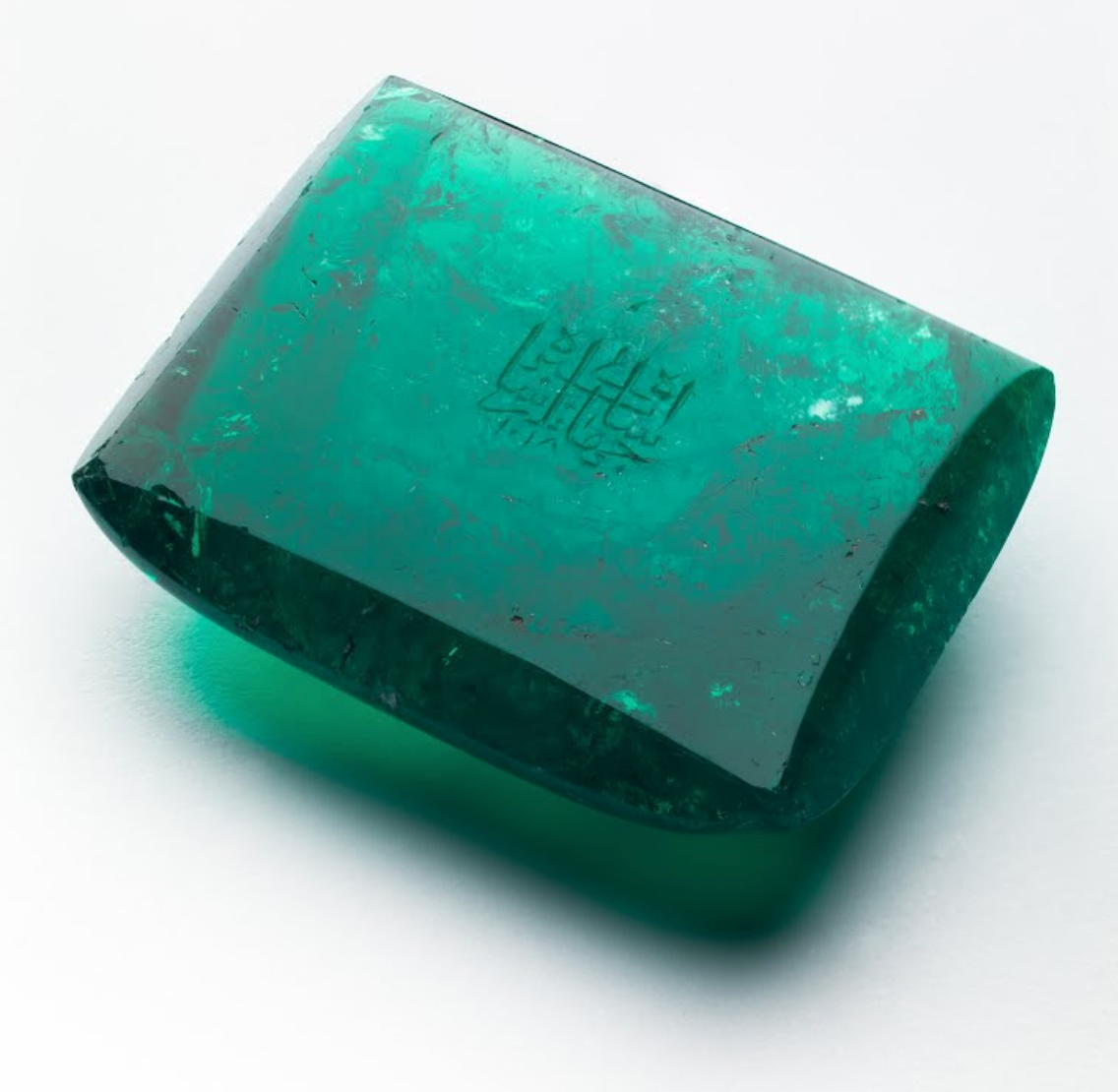

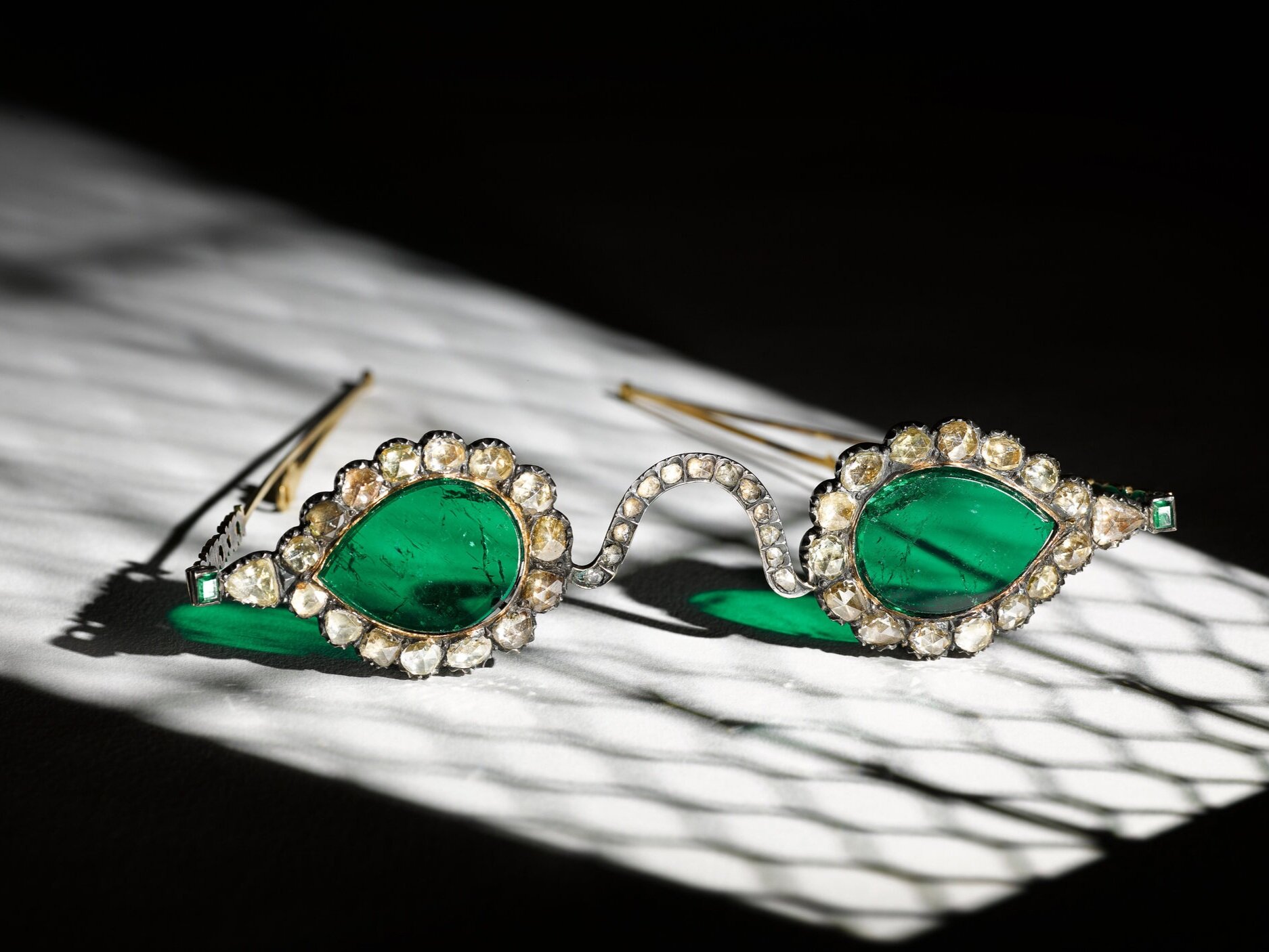
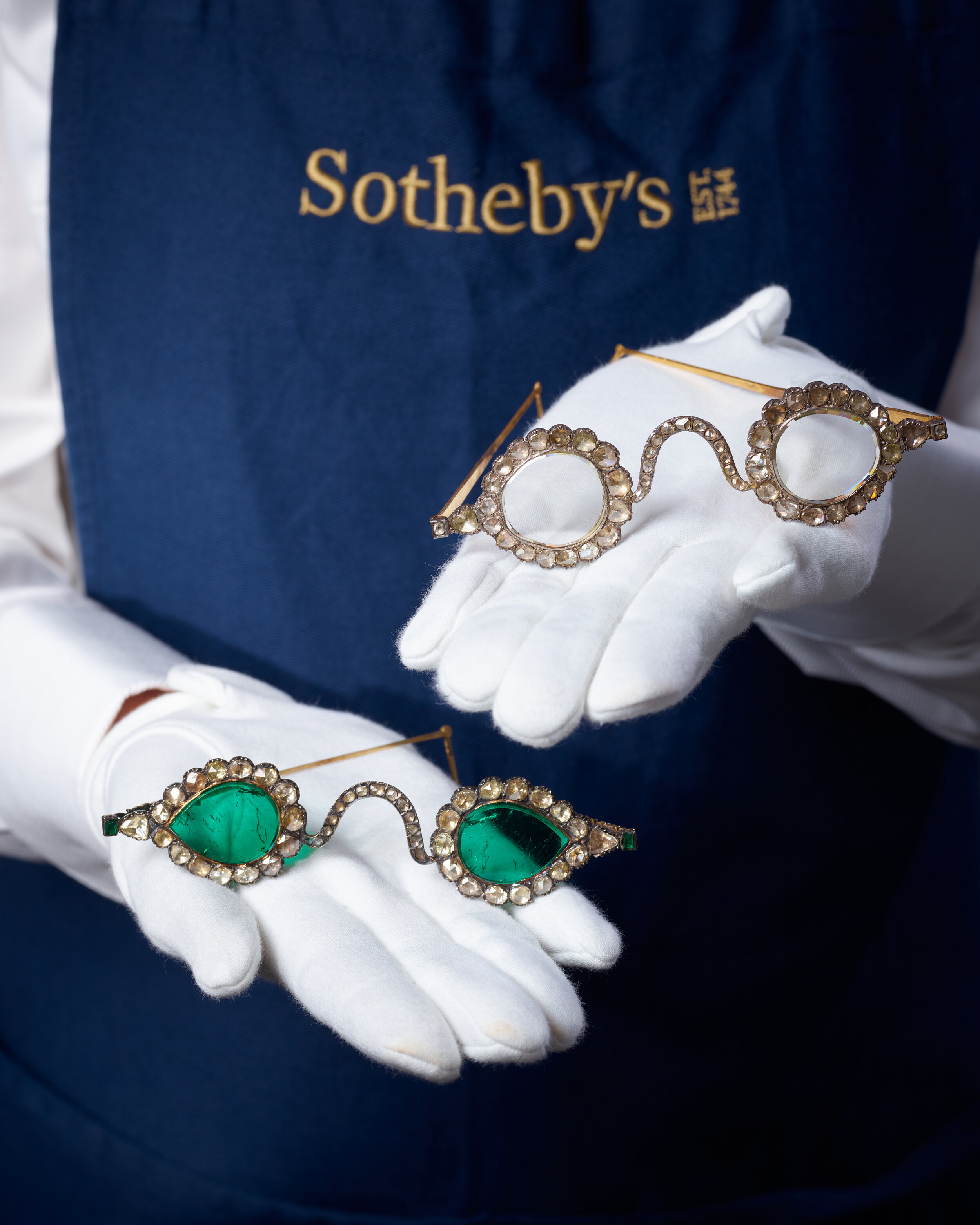



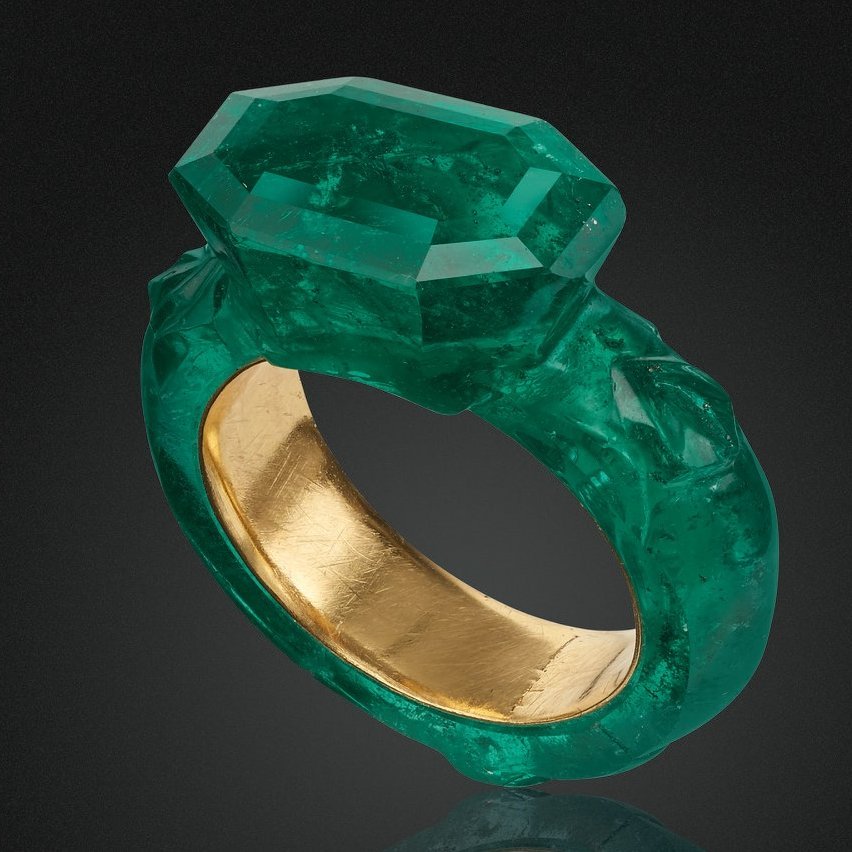




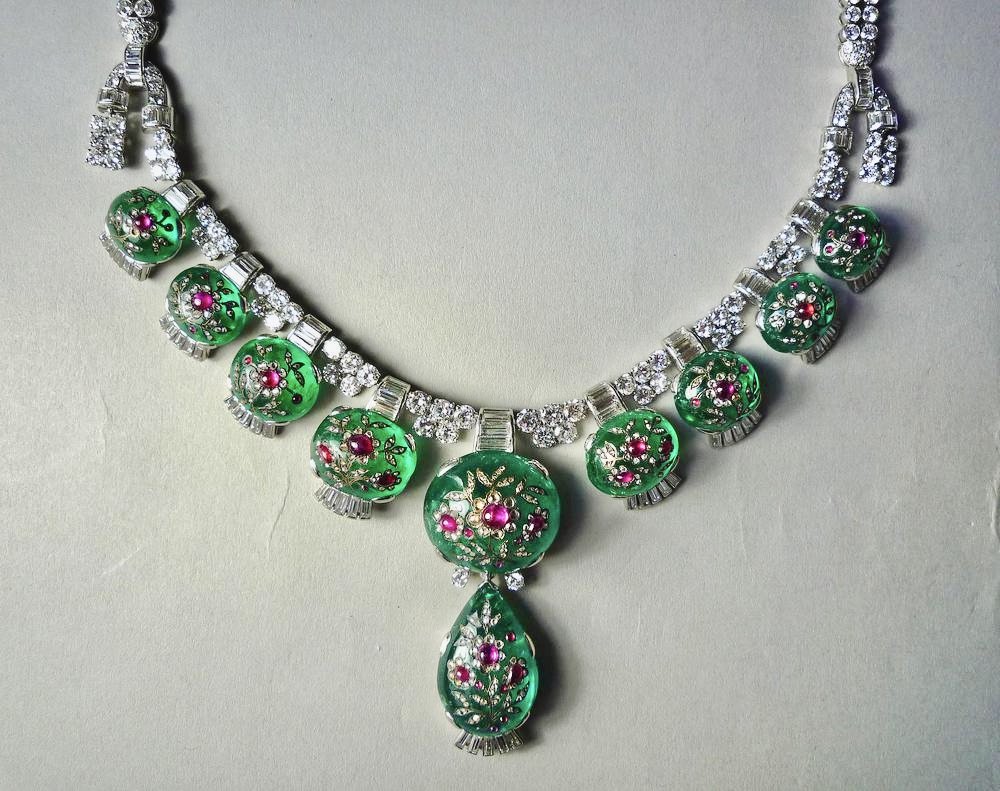


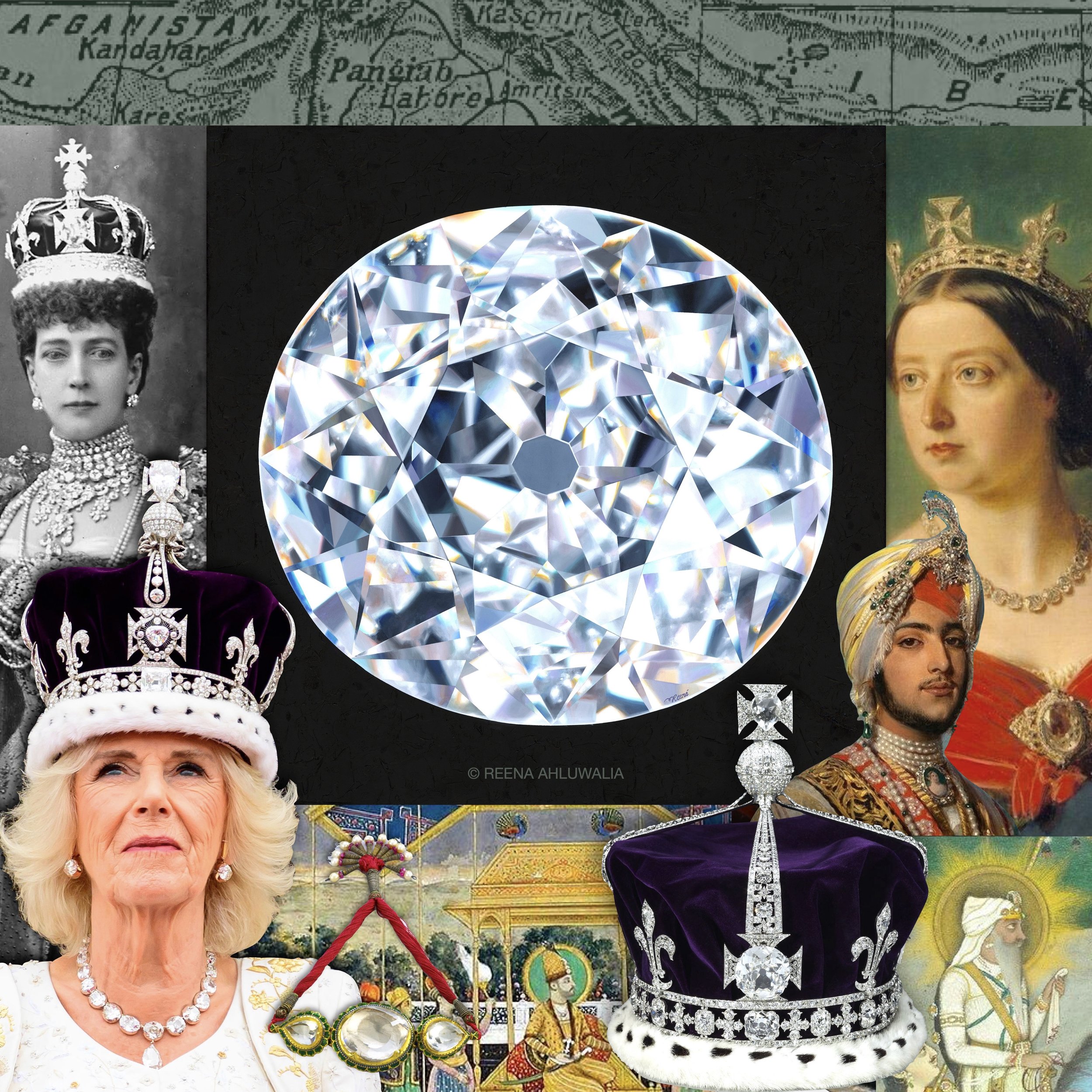



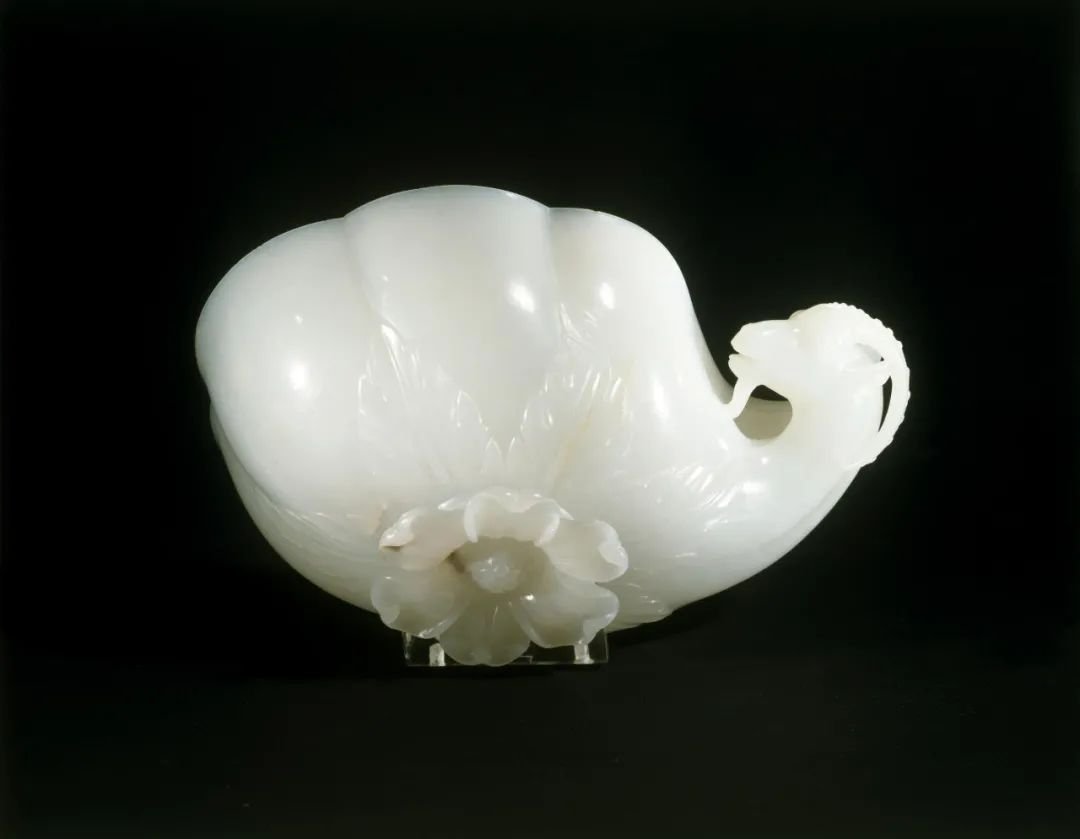

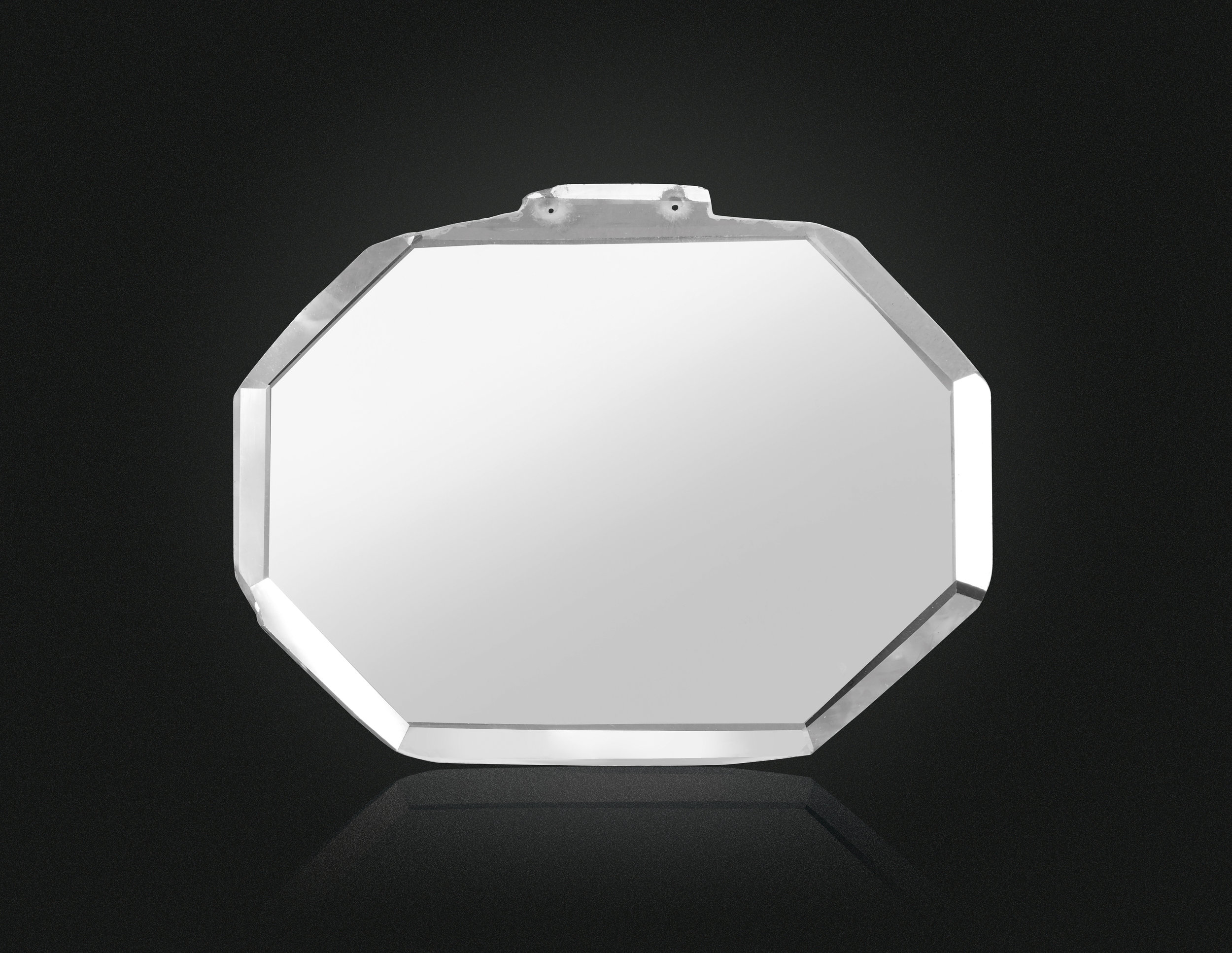




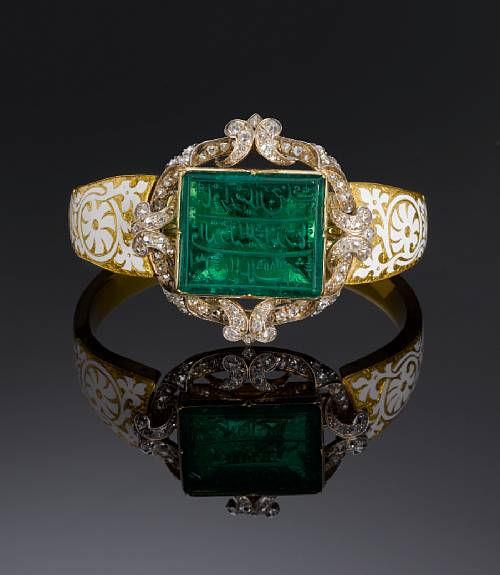






![The Taj Mahal Diamond [circa 1621] - a diamond with extraordinary provenance! Owned by Jahangir, ruler of Mughal India and father of Shah Jahan who built the Taj Mahal. The Taj Mahal diamond was gifted by Richard Burton to Elizabeth Taylor for her 4…](https://images.squarespace-cdn.com/content/v1/518ee9e6e4b02c1428e17e12/1371739932987-G4G72Q5KAZQRODUFTHEH/Taj+Mahal+Diamond.jpg)
